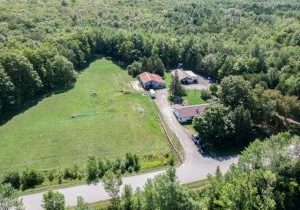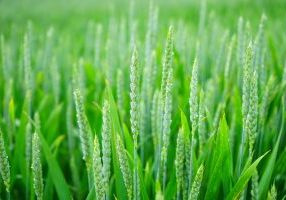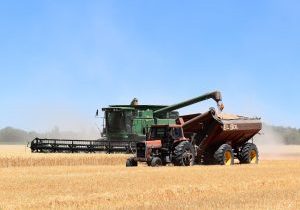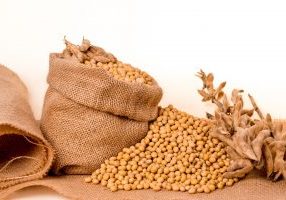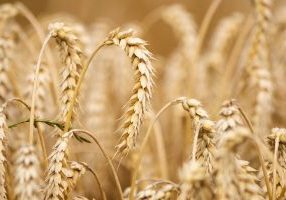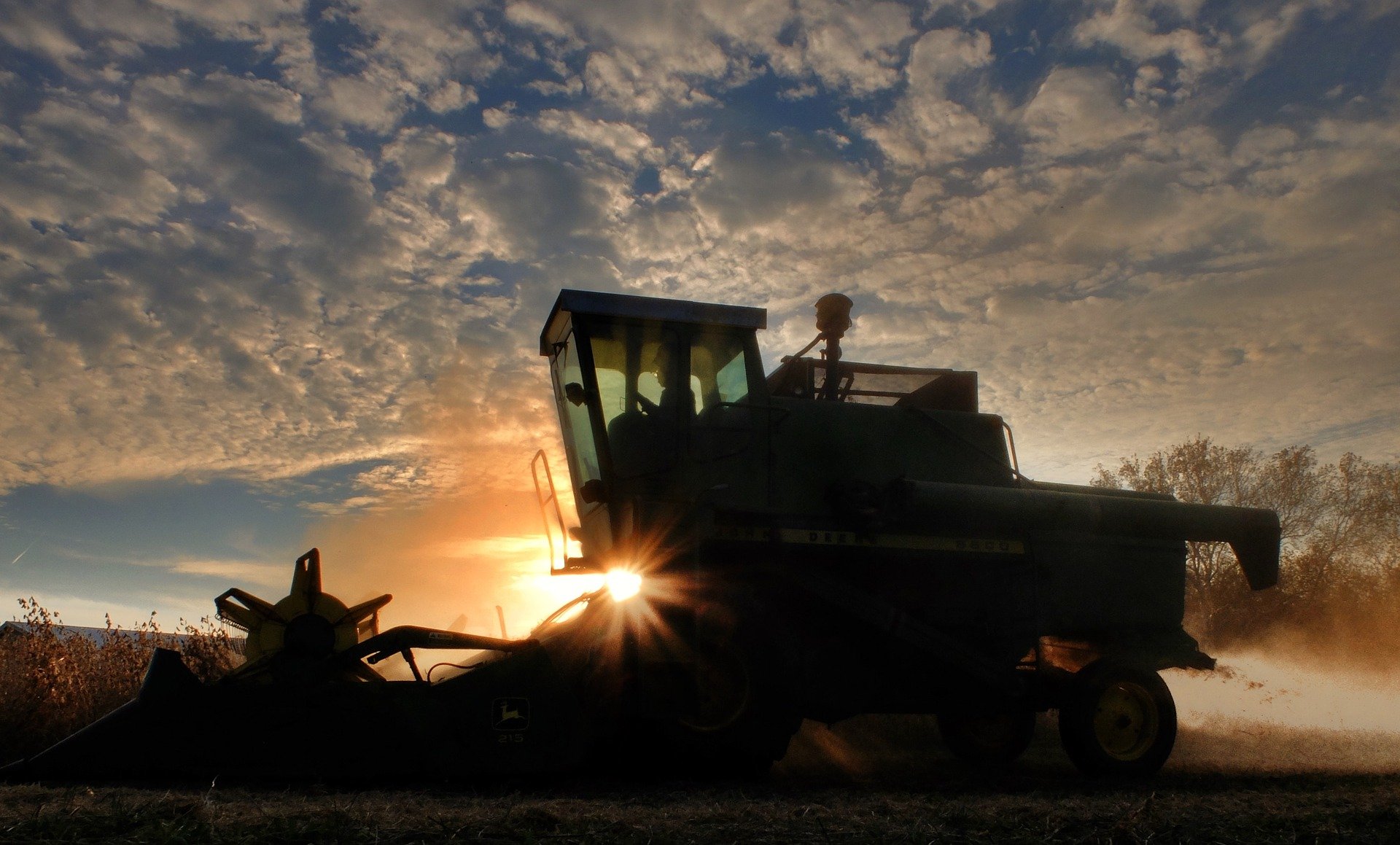3315 Cleveland Ave, Orillia - Land For Sale
Description
Property
Water: Municipal
Sewage: Municipal
Apx Age: N/A
Exterior
Garage: None
Parking Spaces: 4
Exterior: Vinyl Siding
Roof: Shingles
Energy Source: Hydro
Interior
Total Bedrooms: 1
Bathrooms: 2
Basement: N/A
Heating & Cooling: Gas
Local Info: Near

Horst Scheddin
Contact us
9261 Highway 11, Orillia – Land For Sale
By Ontario Farms and Land Group |
3311 Cleveland Ave, Orillia – Land For Sale
By Ontario Farms and Land Group |
79 Berford Lake Rd – Farms For Sale in Wiarton Ontario
By Ontario Farms and Land Group |
Grey Bruce Farms For Sale – 131 Meadowland Road, South Bruce Peninsula
By Ontario Farms and Land Group |
Bill Gates Buys US Farmland
By Ontario Farms and Land Group |
9261 Highway 11, Orillia - Land for Sale
Vacant Land in Orillia, ON
Property
Lot Size: 110.89 x 118.44
Water: Municipal
Sewage: Municipal
Apx Age: N/A
Exterior
N/A
Garage:
Parking Spaces:
Exterior:
Roof:
Energy Source:
Interior
Total Bedrooms:
Bathrooms:
Basement:
Heating & Cooling:
Local Info: Near Cunningham Bay

Horst Scheddin
Contact us
3315 Cleveland Ave, Orillia – Land For Sale
By Ontario Farms and Land Group |
9261 Highway 11, Orillia – Land For Sale
By Ontario Farms and Land Group |
3311 Cleveland Ave, Orillia – Land For Sale
By Ontario Farms and Land Group |
79 Berford Lake Rd – Farms For Sale in Wiarton Ontario
By Ontario Farms and Land Group |
Grey Bruce Farms For Sale – 131 Meadowland Road, South Bruce Peninsula
By Ontario Farms and Land Group |
Bill Gates Buys US Farmland
By Ontario Farms and Land Group |
3311 Cleveland Ave, Orillia - Land for Sale
Vacant Land in Orillia, ON
Property
Lot Size: 68.54ft x 118.45ft
Water: N/A
Sewage: N/A
Apx Age: N/A
Exterior
N/A
Garage:
Parking Spaces:
Exterior:
Roof:
Energy Source:
Interior
Total Bedrooms:
Bathrooms:
Basement:
Heating & Cooling:
Local Info: Near Cunningham Bay

Horst Scheddin
Contact us
3315 Cleveland Ave, Orillia – Land For Sale
By Ontario Farms and Land Group |
9261 Highway 11, Orillia – Land For Sale
By Ontario Farms and Land Group |
3311 Cleveland Ave, Orillia – Land For Sale
By Ontario Farms and Land Group |
79 Berford Lake Rd – Farms For Sale in Wiarton Ontario
By Ontario Farms and Land Group |
Grey Bruce Farms For Sale – 131 Meadowland Road, South Bruce Peninsula
By Ontario Farms and Land Group |
Bill Gates Buys US Farmland
By Ontario Farms and Land Group |
79 Berford Lake Rd, South Bruce Peninsula - Farms for Sale near Wiarton
| COME HOME TO THE COUNTRY! This property is truly a country oasis on almost 4 acres with a convenient location just outside of Wiarton. Picture yourself on the front porch of this charming home with your morning coffee in hand, overlooking the vegetable garden, mature trees and lots of open space for an easy going lifestyle, to call your own. Complete with a stable for horses and a storage trailer for hay. The large attached 27' x 24' garage has potential to be renovated into a family or living room for extra living space. This 1.5 storey home features a spacious living room and eat in kitchen on the main level with 3 bedrooms on the upper level. This property awaits the exciting possibilities on the Bruce Peninsula for those ready to write their next chapter. |
Real Estate Video Tour - 79 Berford Lake Rd, Wiarton
Video Created By: Grey Bruce Media
Property
Water: Well
Sewage: Septic
Apx Age: 1890
Exterior
Garage: Attached
Parking Spaces: 8
Exterior: Cement, Wood
Roof: Asphalt Rolled, Asphalt Shingle
Energy Source: Hydro, Oil
Interior
Total Bedrooms: 3 (3+0)
Bathrooms: 2 (1+1)
Basement: Unfinished
Heating & Cooling: Oil, Forced Air
Local Info: Near Colpoys Bay, Wiarton Ontario.

Laura Lisk
Contact us
3315 Cleveland Ave, Orillia – Land For Sale
By Ontario Farms and Land Group |
9261 Highway 11, Orillia – Land For Sale
By Ontario Farms and Land Group |
3311 Cleveland Ave, Orillia – Land For Sale
By Ontario Farms and Land Group |
79 Berford Lake Rd – Farms For Sale in Wiarton Ontario
By Ontario Farms and Land Group |
Grey Bruce Farms For Sale – 131 Meadowland Road, South Bruce Peninsula
By Ontario Farms and Land Group |
Bill Gates Buys US Farmland
By Ontario Farms and Land Group |
For More Information on This Farm >>>>
This listing is brought to you by the Mark & Tim Team.
Contact us
Bill Gates Buys US Farmland: What Does This Mean for the Future of Agriculture?
Microsoft co-founder Bill Gates has recently made headlines to purchase large tracts of farmland in the United States. The move has sparked speculation about what Gates' plans are for the land and what it could mean for the future of agriculture. Some believe that Gates may be looking to create his food supply, while others think he may be trying to find a way to address world hunger.
Why is Bill Gates Buying Land?
In an interview with CNBC, Bill Gates said that he bought the land because he was interested in its potential to produce large quantities of food. He added that he doesn't have any specific plans for the farmland yet, but is open to all possibilities. As the nation's largest farmland owner, co-founder of Microsoft, and a net worth of $86.0 billion, the options are endless.
Bill Gates has been a longtime advocate of sustainable farming practices, and he believes that the agriculture industry needs to do more to address issues like food waste and climate change. He has also said that he is interested in developing new technologies that can help make agriculture more efficient.
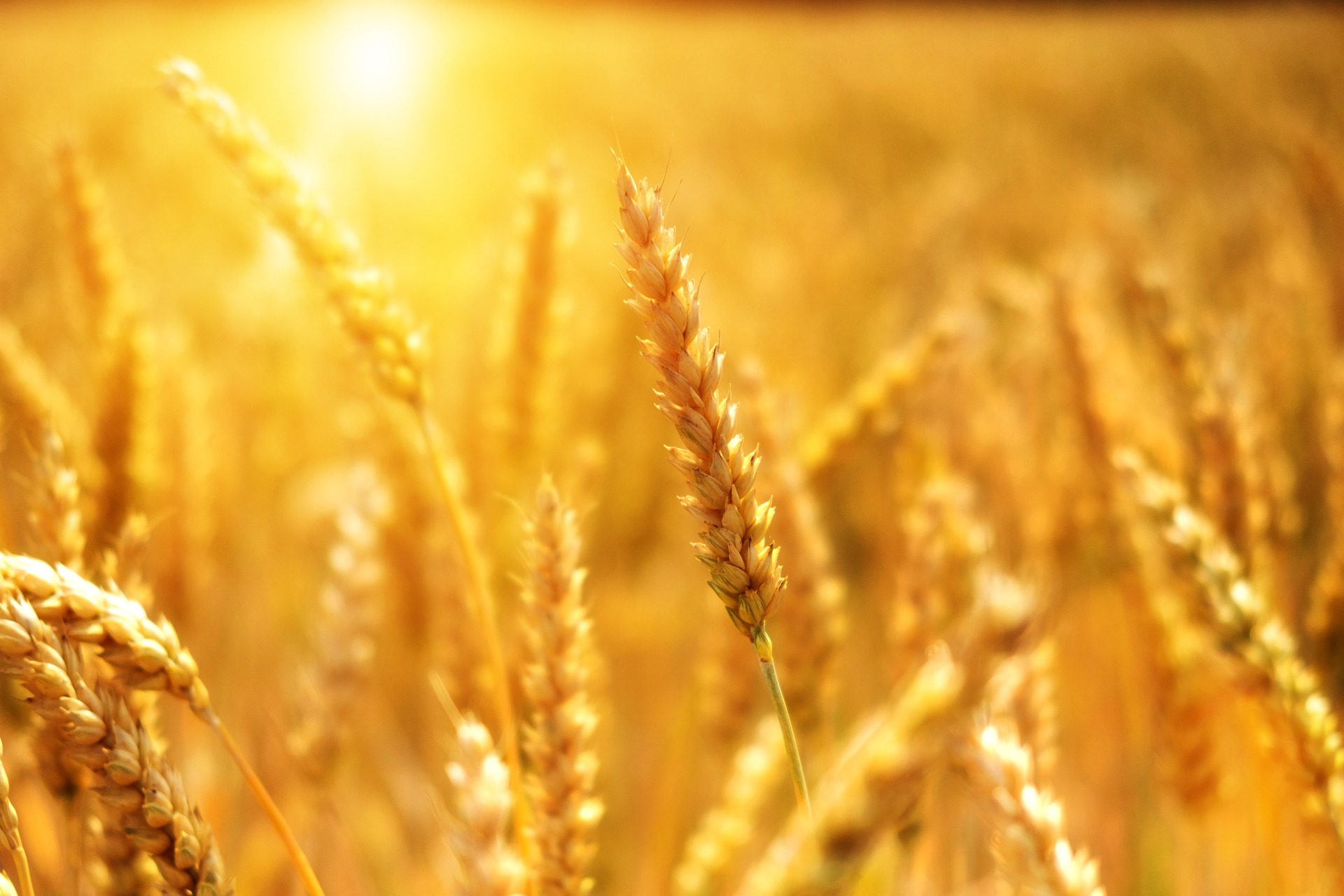
What Does This Mean for the Future of Agriculture?
It's still too early to say what Gates' plans are for the U.S. farmland, but his track record suggests that he is serious about positively impacting the agricultural industry. His involvement could lead to advancements in sustainable farming practices, and it may also inspire other billionaires to invest in agriculture. New farming technologies developed with Gates' support could also become more widespread, which would benefit both farmers and consumers.
The Bill Gates farmland purchases could also mean that Gates will be getting into food production, specifically plant-based meat products. Plant-based meats are becoming more popular in today's culture. Plant-based foods are consumed by people who are vegan or vegetarian and do not like to eat food that comes from an animal. This new food production area is something that Gates is interested in and has invested in. This would be a significant shift for the agriculture industry, bringing more competition to an already crowded market.
Bill Gates is known to speak out against the climate crisis. In a recent article, he said that the challenge of climate change is so great that it needs to be solved in the next two or three decades. It's clear that Gates sees agriculture as an essential part of the solution, and his latest investment only confirms that. Buying land for sustainable agriculture and increased crop productivity are two solutions.
What Does This Mean for the Future of Agriculture?
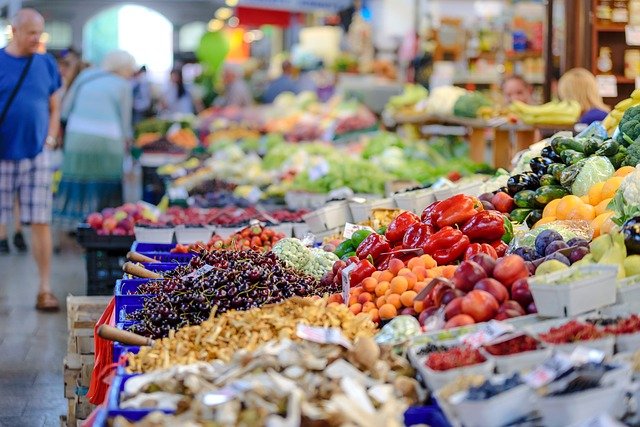
The future of agricultural real estate is an interesting topic to consider. With the world's population multiplying, finding ways to increase food production is becoming increasingly important. At the same time, farmland is becoming more and more scarce, driving up prices. Gates' focus on land ownership is a clear sign that he is bullish on the future of agriculture.
Farmland assets have traditionally been a sound investment. With the world's population projected to reach nine billion by 2050, likely, the demand for food will only continue to grow. Gates' purchase of farmland could indicate that he believes that agriculture is a good investment opportunity, and it will be interesting to see if other billionaires follow his lead. He currently is the largest private farmland owner, and it is unlikely that anyone will top that feat anytime soon.
Agricultural land could be the next best purchase for those savvy investors, rather than investing in a volatile stock market. Investing in local farmers and sustainable farming practices is one way to ensure that your investment will positively impact the future. One may not end up with an extensive farmland portfolio like Bill Gates, but having farmland assets could be very beneficial in the near future.
The future of agricultural real estate is an exciting topic to consider. With the world's population growing rapidly, it's becoming increasingly important to find ways to increase food production. One can only speculate about why Bill Gates is buying up so much farmland and what he will do with it. Whatever Gates' plans may be, they are likely to have a significant impact on the future of agriculture.
Bill and Melinda Gates Foundation Land Purchases
Bill and Melinda Gates divorced in 2021. However, Melinda Gates continued to work for the Bill and Melinda Gates Foundation. The divorce has brought the massive light landholdings that they own, the most extensive holdings specifically in Louisiana, Arkansas, Nebraska and Arizona.
The Bill and Melinda Gates Foundation is a philanthropic organization dedicated to improving the lives of people in developing countries. The foundation has several different initiatives, including global health and development, education, and U.S. policy reform. One of the main focuses of the foundation is increasing food security for those who are living in poverty. The foundation has invested millions of dollars into agricultural research and development to increase crop productivity and reduce hunger.
The Gates Foundation is also a significant supporter of sustainable agriculture. They believe that it is essential to increase food production while protecting the environment. Sustainable agriculture is an approach to farming that uses resources efficiently and does not damage the land or water supplies.
The Bill and Melinda Gates Foundation cares about solving the world's food security problem. They have been involved in agriculture for many years, and their work is more important than ever, given the current climate crisis. It will be interesting to see how their efforts develop in the coming years, especially considering Gates's recent farmland investment.
The foundation is also interested in promoting sustainable agriculture practices, which is why it has supported the CGIAR Research Program on Climate Change, Agriculture and Food Security (CCAFS).
The Bill and Melinda Gates Foundation has been a strong advocate for agricultural development in Africa. In fact, the foundation has committed more than $700 million to support African farmers. The Gateses believe that agriculture is one of the best ways to help those living in poverty. They have seen firsthand how important it is to increase food production to improve people's lives.
It will be interesting to see how the Bill and Melinda Gates Foundation responds to Bill Gates' purchase of farmland in the United States. The foundation has a lot of experience with agricultural development, and they may get involved in Gates' new project. It's also possible that the foundation will continue to focus on Africa, where there is still much work to be done in terms of food security.
What are the Consequences of Bill Gates Buying Farmland?
There are some potential consequences of Bill Gates buying farmland. Some people see it as a positive development because it could increase innovation and efficiency in the agricultural sector. Others worry that it will increase consolidation and monopolization as larger farms become better equipped to compete with small family farms. There is also concern that large-scale farming may have negative environmental consequences, such as more intensive water and fertilizer use and greater reliance on pesticides and herbicides.

What are the Consequences of Large-Scale Farming?
Large-scale farming can have many adverse environmental consequences, including deforestation, water pollution, soil erosion, and biodiversity loss. It can also contribute to climate change by releasing greenhouse gases into the atmosphere.
So what does Bill Gates' purchase mean for the future of such mass amounts of land? Only time will tell. But this is a significant development that deserves close attention.
Growing Barley in Ontario
Barley is the third most grown cereal crop globally and is important for sustaining global food security. Barley grows well in cooler climates like Canada's, which means that farmers up north can grow their grain instead of importing from warmer regions. It is an incredibly versatile grain that can be used for food, livestock feed, and fuel.
Unlike winter wheat in Ontario, Winter barley is not as hardy in various Ontario regions due to the climate. Still, winter survival challenges are not a significant problem in all Ontario regions, and there are many where barley can be easily grown as a cereal crop. As a fall sown crop, barley reduces the workload for farmers and helps eliminate the waiting time for fields to dry out come springtime.
Winter barley is not a new crop in Ontario but is being prioritized due to increased market demand in Ontario. Barley matures quite early, allowing farmers to double-crop with early-maturing corn or soybeans in spring and summer. This enables farmers to utilize their fields throughout the entire year for crop production. Barley is an excellent food source for livestock, as barley straw has a high energy content.
Growing barley in Ontario during the winter season does come with its own set of challenges. In certain regions or if impacted by severe winter weather, there is a possibility the crop will not survive to harvest. There is also a current lack of diversity in the varieties currently grown in Ontario. Due to increased demand, new genetic varieties will be imported into Ontario to prioritize the province as a cereal-growing region.
Best Season for Growing Barley
 When Is the Right Time to Seed Winter Barley in Ontario?
When Is the Right Time to Seed Winter Barley in Ontario?
Winter barley must be seeded as early as possible to have a better survival rate. Winter barley should be seeded at least ten days before the optimum planting date for wheat in Ontario so that the crop has enough time to develop necessary top growth and root development in the fall. This early seeding means barley fits nicely into a crop rotation with edible beans, peas, canola, among others. Winter barley is not recommended for planting in Northern Ontario regions as the survival rate is significantly reduced due to the challenges of more extreme weather conditions in the area.
Another important factor for winter seeding barley is soil conditions; the soil needs to be dried out before the crop is seeded, but it should not be excessively dry either.
The Importance of the Seeding Date for Winter Barley
The seeding date for barley is crucial for ensuring a harvest in the spring in Ontario. The crop needs time to grow and develop before winter sets in; however, planting too early increases the crop's risk of exposure to pesticides and mildew damage. October 1 is the target date for seeding winter barley in Ontario, though other factors may influence the date on a year-by-year basis.
The current priority is educating farmers about growing barley in Ontario. This increased education ensures less damage is caused to the crop while growing and helps maximize production. The general rule is that farmers should be ready to plant their winter barley crop two weeks before the winter wheat crop date. This avoids any last-minute or unexpected challenges during the planting process and ensures it can be sown at the optimal time each year.
In other regions where winter survival challenges are not as intense, the seeding can be done in early September as long as soil conditions are favourable. Seed treatment is also a key factor when it comes to winter barley's growth; the seed should be planted at 3/4 inches deep to ensure that every barley plant that emerges is the same age and is at a similar stage. A higher seeding rate may also offset the risk for winter damage.

Read Our Latest Blogs
ONTARIO FARMING COMMUNITY PAGES
On our community pages, you'll find a wide variety of local information and resources.
Northern Ontario
Growing Wheat in Ontario
Wheat is a staple crop in Ontario. It's one of the world's largest agricultural commodities and is used to produce food for humans and livestock alike. Ontario is located between the Great Lakes and the St. Lawrence River Basin. The climate and the soil play an important role in wheat production. Growing wheat in Ontario has historically been difficult due to climate-related challenges such as late frosts, hail storms, drought conditions and flooding.
Growing Wheat in Ontario
 To grow wheat successfully, it's vital to select a suitable variety for the climate, prepare the soil properly, and provide adequate water and nutrients throughout the growing season. With varying weather conditions in Ontario, the crop's survival rate and yield will decrease if planted late or in unfavourable conditions. Other factors that play an important role in growing wheat in Ontario are the depth of the seeds, plant population and the use of fertilizer.
To grow wheat successfully, it's vital to select a suitable variety for the climate, prepare the soil properly, and provide adequate water and nutrients throughout the growing season. With varying weather conditions in Ontario, the crop's survival rate and yield will decrease if planted late or in unfavourable conditions. Other factors that play an important role in growing wheat in Ontario are the depth of the seeds, plant population and the use of fertilizer.
Why is it important to plant wheat at an optimum time?
Growing wheat in Ontario at an optimum time is vital, and this is because there are only so many days that are considered Growing Degree Days (GDDs) for wheat in the Ontario climate. Each wheat variety takes a certain number of GDD's to germinate, emerge, and grow to harvest. If planted late, farmers risk that their crops won't be developed enough by the end of the growing season if cold temperatures arrive earlier than expected. Farmers need to plant at the optimum time to ensure enough GDD's for optimum wheat production.
Wheat Planting Preparations
To achieve high-yield wheat, farmers must plant only healthy seeds. One way to achieve this is to make sure that the seeds are dropped as evenly as possible and planted to a consistent depth. Planting preparations require you to prep farming equipment beforehand to ensure it's in perfect working order.
Tillage Systems
Wheat can be successfully grown using both conventional tillage and no-till systems. With increasing attention towards soil health, no-till systems are becoming more popular. They provide improved moisture and crops less susceptible to weather changes in colder regions. On the other hand, conventional tillage systems help blend crop residues, manure, and weeds deep into the soil and create an even seedbed.
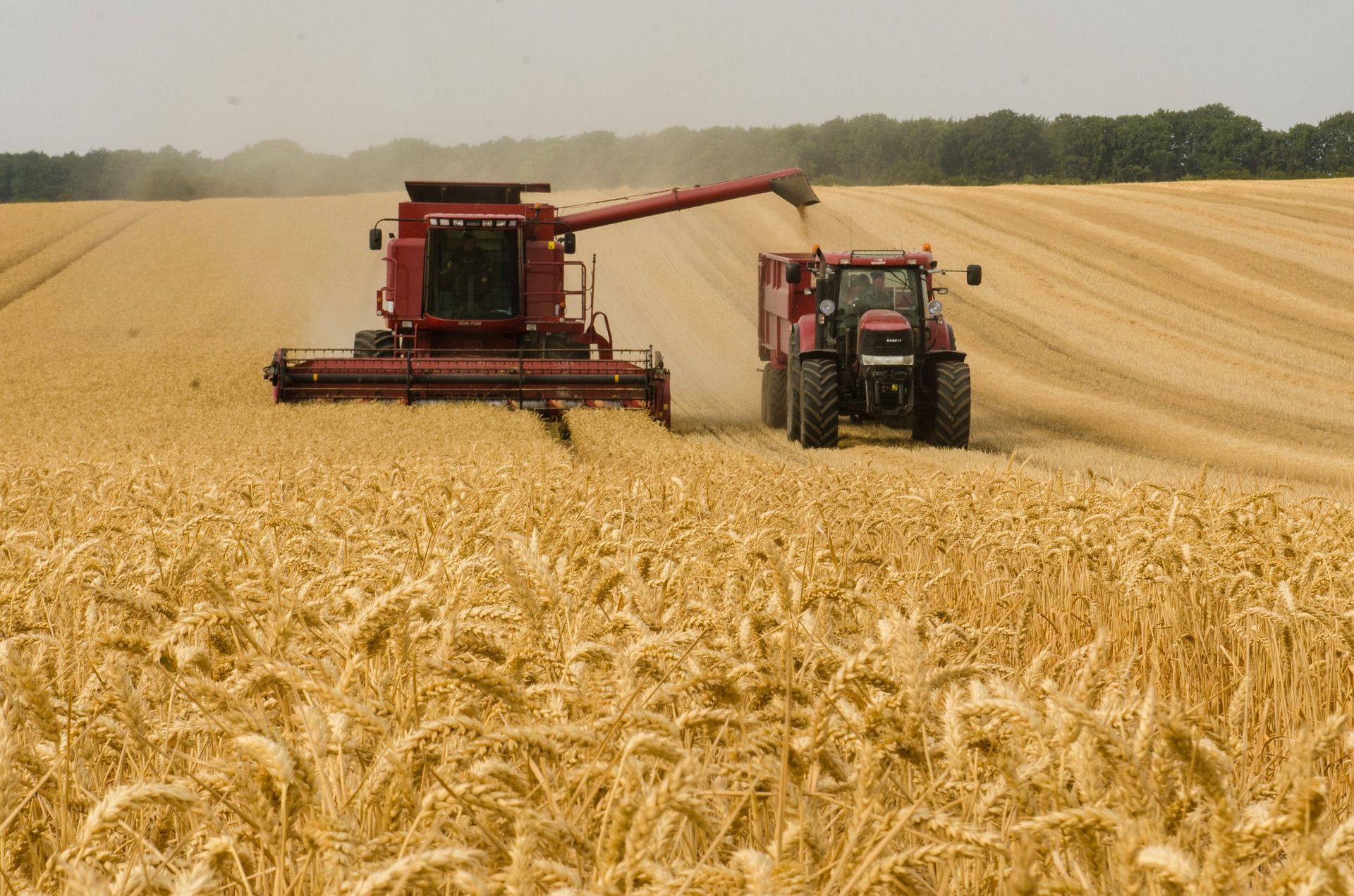
Seeding Date
The ideal seeding date to plant wheat is when the temperature is still warm. It ensures that the seeds emerge as quickly as possible and have plenty of time to grow and develop. The seeding date determines how well the wheat crop will do at a particular time and during a specific season. According to a recent study by Michigan State University, around 0.6 bushels are lost every day when planted after October 1. As a result, the seeding date is vital when growing wheat in Ontario.
Seeding Depth
Seeding depth is also an essential part of growing wheat. Seeding depth of 1 to 1.5 inches is recommended for heavy soil. Any deeper than this and farmers may face additional challenges with emergence. Still, depending on soil conditions at the time of planting, it may be necessary. When the soil is extremely dry, farmers should plant seeds as deep as possible without compromising emergence rates.
Seeding Rate
It is recommended that farmers plant wheat seeds at a rate of 1.2 and 2.2 million seeds/acre. The lower-end seeding rates should be kept for when planting early to avoid any thick stands that can trigger disease growth in the crop. If planting into the middle of October, the seeding rate should be increased by 1.8 million seeds/acre.
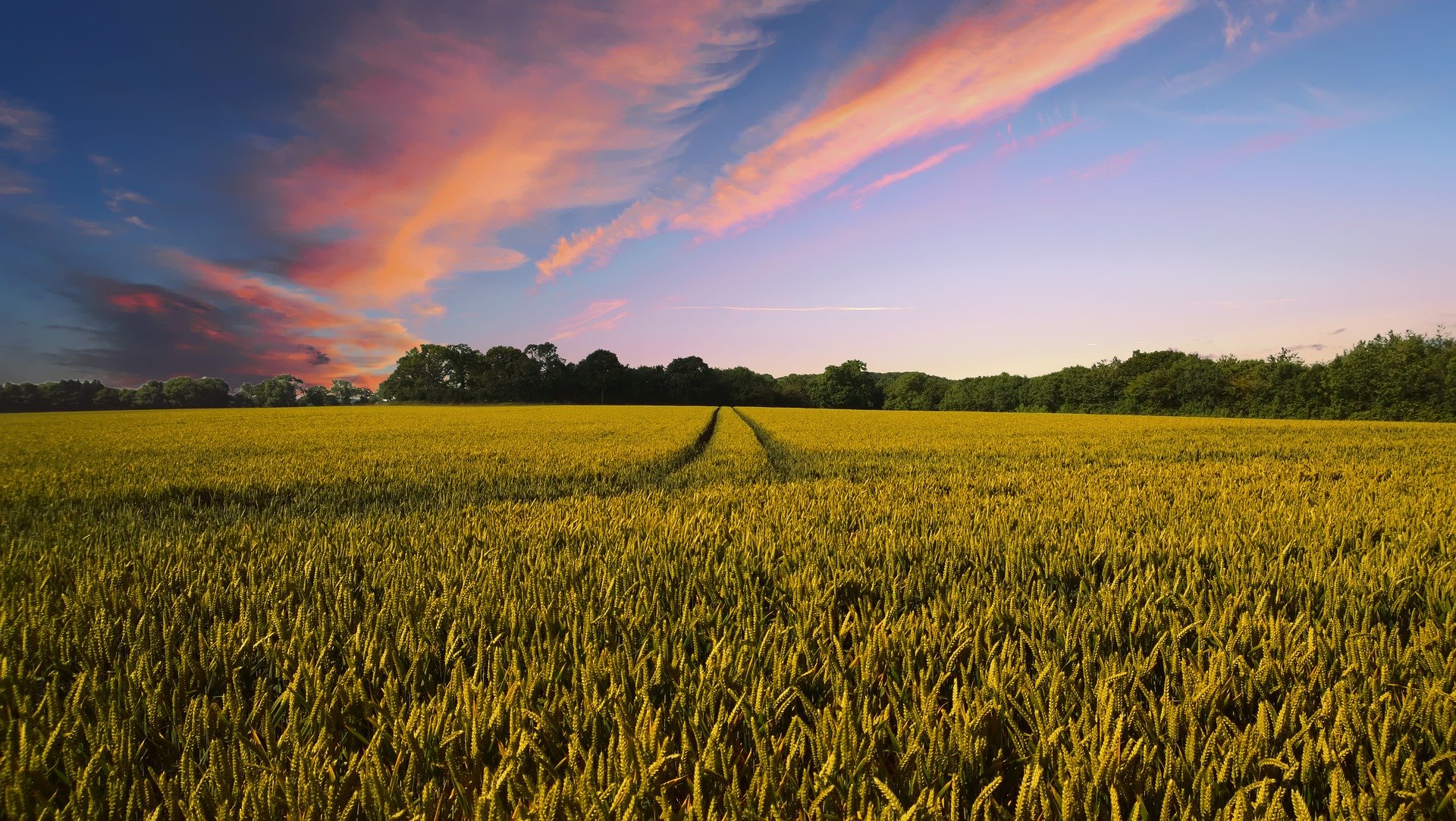
Conclusion
Wheat is a staple crop in Ontario, and it's one of the world's largest agricultural commodities. One might not think that wheat can grow in Ontario in significant quantities. Still, it can be grown successfully with enough care and by following the recommendations laid out by Canadian farmers who have been producing and exporting wheat for over 300 years.
Read Our Latest Blogs
ONTARIO FARMING COMMUNITY PAGES
On our community pages, you'll find a wide variety of local information and resources.
Northern Ontario
Top Tips to Grow Soybeans in Ontario
It's not uncommon for farmers to want crops that yield high profits while requiring minimal maintenance. Many growers have switched from corn production over the last decade to soybeans instead. What was once just a niche crop has become one of North America's most popular agricultural products. This is primarily because soybeans don't require as much attention or water as other grain-producing plants, including corn.
Top Tips for Soybean Growth
Early Plantation
The Ontario Ministry of Agriculture, Food and Rural Affairs advises that soybeans should be planted early, in the first week of May. Early plantation has proven to produce higher yields. When soybeans are planted in early May instead of at the end of the month, farmers generally produce, on average, an additional 4 bushels of Soybeans. (TopcropManager.com, 1999)

Alongside the calendar, one of the most essential factors for soybeans is the soil condition at planting. Better soil conditions will produce better results. Taking this into account, if soil conditions are more favourable for planting in the last week of April, farmers should proceed with planting rather than waiting the additional week when soil conditions may not be as favourable. It's better to plant when the soil condition is the best, rather than by the calendar.
Seed Treatment
Seed treatment is necessary to protect the early soybean plantation from pests, insects, and diseases. There are three types of seed treatments used for soybean protection:
- Fungicides
- Insecticides, and
- Nematicides
Seed treatment protects seeds, improves emergence rates, and increases yield. (Wise, 2018). Seed treatment is an essential and valuable technique when planting early, as cool, wet soil can contribute to crop challenges. Seed treatment is especially beneficial in reduced or no-till situations. (Ministry of Agriculture, 2017)
Planting Depth
Depth is also an essential factor to consider when
planting soybeans that will directly impact the yield of early soybean crops. The general depth required for soybean seeds is 3.8cm. When soybean seeds are larger, they must be planted deeper in the soil to ensure adequate moisture. If planted early, the planting depth should be reduced to 2.5cm. (Ministry of Agriculture, 2017)
Rolling:
Rolling is a process that helps improve combine efficiency by leveling the field and providing the seed with more direct contact with the soil. It also helps avoid the chances of plant injury. In the case of early planting, many farmers prefer to roll immediately after planting. Still, rolling can be done immediately or once the crop has emerged. (Ministry of Agriculture, 2017)
The Canadian Advantage
Canada is considered one of the best environments for growing soybeans for a whole host of reasons:
- The air quality in Canada is among the world's best, which is beneficial for general crop and soybean production.
- The availability of deep fertile soil provides a healthy environment for soybean seeds and plants to grow.
- Canada has some of the cleanest water sources globally. The availability of clean, healthy water is highly beneficial for soybean production.
- Canada is home to many agriculture and agri-food scientists and research centres that work to benefit Canadian farmers, emphasizing and promoting innovation and competitiveness within the sector.
- The readiness to keep on upgrading the tools and equipment that increase the efficiency of soybean production.
Canada has developed a system that ensures quality soybean product is delivered to customers domestically and abroad. Canadian Identity Preserved soybeans are tracked from seed, grown to specification, and tracked through to export to ensure customers receive soybeans that match their requirements. It is an integrated system that is one of the best globally and provides buyers with high-quality, reliable, traceable Canadian soybeans.
Canada's agricultural sector is world-class, and with increasing market demands and investments in the farming industry, soybean production will continue to grow as a significant crop in Ontario.
ONTARIO FARMING COMMUNITY PAGES
On our community pages, you'll find a wide variety of local information and resources.
Northern Ontario
The way humans have survived and thrived on this planet has changed drastically throughout centuries, decades, and sometimes year by year. Agriculture is perhaps one of the few things that has remained contant across time and civilization. For many countries, agriculture is the primary source of economic stability, while in others it's supplentary. Despite the differences, farming has proven essential through the ages and is still one of the most sought-after professions.
Some of the crucial aspects of farming and agriculture are listed below.
Contributes To National Revenue
Agriculture is the chief source to generate revenue for most developing countries. As for developed countries, agriculture provides bonus income as their economy is not directly dependent on it.
Supply Of Food And Fodder
The agricultural sector provides food crops for the general population as well as for export purposes. The fodder produced is mainly used as food source for domestic animals. Moreover, livestock can also be consumed as a source of protein.
It Provides A Source Of Livelihood.
The agricultural industry is still one of the most significant industries that employs a significant portion of the populaton. There are many job opportunities in agriculture: farmer, harvester, technician for farm equipment, even scientist. These provide jobs to people with basic skill levels as well as to highly qualified individuals as well. In developing countries, agriculture has proven to give employment to a considerable number of people as well.
It Can Help To Heal The Environment.
Agriculture or farming has the power to harm or heal. When farmers grow different crops on the same piece of land, it will help them take better advantage of the nutrients on their land. Having more biodiversity will help you harvest healthier crops, experience less erosion, and attract more beneficial pollinators. All of this better preserves the environment which can then provide better crops.
Cropping Seasons
Most crops, but not all, are sowed during the spring and harvested during the fall. Farming in Ontario also includes wheat that is planted in either the spring or fall and harvested during the summer. Hayfields are sown and harvested multiple times every year, usually three or four timeson average. Spring farming is traditionally started during late April or early May in most years, once the threat of frost has passed.
Read Our Latest Blogs
Top 10 Farming Types in Ontario
Agriculture is regarded as an essential part of the economy of a country and the backbone of it. For decades, farming has been used for the production of essential food crops. Agriculture now includes forestry, dairy, fruit cultivation, poultry, arbitrary, and more. Processing, advertising, and supplying crops and cattle products are considered a vital part of the farming culture. Besides these advantages, it also helps people's livelihood and provides raw materials for their daily use.
The top 10 categories that are grown in Ontario, Canada, are listed below.
Soybeans
Ontario has continued to produce the most significant crop for both soybeans and corn. In 2016, Ontario alone made 59.8% of national corn for grain and 49.6% of the country's soybean. As a result, both of these crops have shown a tremendous increase in the area that they are cultivated in Ontario.

Crop rotation in Ontario has shown a marked increase with soybean and wheat. It offers more environmental benefits to the soil and ensures a better crop. This technique also provides agronomic benefits along with making the crop of soybeans much more nutritious. Farmlands in Ontario are increasingly growing soybeans for these yield advantages and break pest cycles for an overall better harvest.
This type of farming with soybeans also provides increased employment to the masses, making it a popular crop to grow while simultaneously feeding the masses. Ontario was ranked fourth among the provinces in terms of the total land occupied by the crop.
Wheat
Wheat and rye are the only crops produced that can make bread dough rise because of their gluten content. They provide the right balance of elasticity and the strength needed for bread dough. Needless to say, this makes it one of the most important crops to farm in Ontario.
Canada as a whole is the world's largest exporter of hard red spring wheat, quite famous for its exceptional milling and baking qualities. It is also well known for its suitability in being easily blended with lower protein wheat. The typical Canadian growing season comprising of short cool nights and long, bright, dry days is the most optimum for the growth of a high-quality wheat crop. Moreover, the quality wheat produced in farmlands in Ontario is priced a little higher than your average cost for wheat crop.
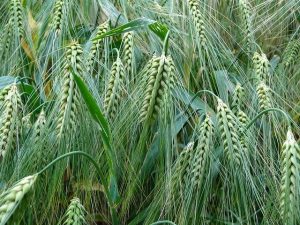
There are many attempts to grow different breeds of wheat crops to meet the needs of the demanding world market. However, this type of wheat is ideal for cookies, cakes, crackers, specialty bread, and noodles.
Barley
Barley is chiefly a livestock feed and is the primary feed grain in Canada, including Ontario. Barley is much better suited in the farmlands of the Canadian prairies. Hence it is the place where most of this crop is grown. This is also a good option for crop rotation with wheat as it produces a high yield, matures quickly, and is much more resistant to drought and saline problems.
This crop is mainly used in brewing beer, a large industry that consumes this crop. Hulless barleys are raw barley that still has their shell intact but can easily be removed by threshing, similar to wheat. Ontario produces different varieties of barley in an effort to make more easily digestible, high-protein variants.
Although not as pleasant as other cereals, some barley is eaten directly by people. Barley kernels are treated to get rid of the shells and separate the inedible part of the grain. "Pearled" barley is a highly polished barley type; on the other hand, "pot barley" is less polished, hence a little larger than pearled barley. Because of its better polish, Pearled barley is mainly used in cereals for breakfast or infants. There are various benefits that barley offers to humans: it reduces constipation because of its high fiber content and also helps in lowering cholesterol levels.
Oats
Since the 1980s, Canada has steadily kept hold of a significant share in the export of oats. Many farmlands in Ontario have increasingly chosen this as their crop of choice. Oats are mainly used as fodder for animals, but the importance of oats as a healthy crop for humans is increasing day by day.
In the USA, oats are used as pasture, silage, haylage, and as a cover crop to prevent damage to the soil. It is also grown in Ontario on marginal land to prevent erosion and a nurse crop to protect new baby plants.
Oat breeding in Eastern Canada is also widespread. Farmlands that produce oats do not majorly trade it because of its bulky nature. The masses locally consume most of the oats grown in Ontario. Hulless or naked oats, which shed their hull during harvest, are primarily feed constituents.
Corn
Corn tops the cereal crop production around the world. In the Canadian farmlands, you can experience endless fields of corn as far as the eye can see. If you have been there, you probably know that it is by far one of the most heavily produced crops in the area.
Ontario typically grows three types of sweet corn: standard, sugar-enhanced, and super sweet. Each possesses three distinct colour groups: yellow, bicolour (yellow-and-white) and white. The sugar content of the conventional type varies from 9-16 percent, compared to the 14-44 percent range in the others.
The natural sugars present in regular and sugar-enhanced corns converts to starch, causing the kernels to lose their sweetness and become hard. This process doesn't occur with the super sweet corn varieties, making it especially appropriate for delays between harvest and consumption.
Beef Cattle Farming
Beef cattle farming is central to Canadian agriculture. Beef farms make up about one-fourth of the total farming land in Canada. Therefore, it is one type of farming that can't be ignored. The dollar value of live cattle products ranks just below wheat and canola. Canada is also ranked amongst the world's top 10 per capita consumption and export of beef.
Diverse breeds of cattle appeared in the 19th century in Canada. The British beef breeds were amongst the first few breeds that appeared in various parts of Canada, which can still be seen prominently. White-faced Herefords are known for their toughness and durability and are more commonly found in the rigours of the Canadian climates.
Aberdeen Angus, another prominent breed, is best known for its jet black colour. Their meat is considered one of the finest quality.
Mainly, Canada's beef cattle farms can be broadly divided into three production phases: cow-calf operations that yield weaned calves; stocker or backgrounding operations that nurture the calves to maturity by feeding fodder; and finishing operations that make sure that the cattle have reached slaughter weight. All of these processes can be handled on a single farm, but large-scale cattle farms specialize in mostly only one type of the three phases.
Maize
For almost a thousand years, maize has been extensively cultivated in central Canada. After the US high-yielding maize hybrids were introduced during the mid-1950s, maize was commercially produced on farmlands in Ontario. The farmlands in the southernmost regions of Ontario are exclusively growing maize. Farmers have crossed different crop breeds to produce ones that have a lower susceptibility to frost and are also resistant to other types of pests.
Maize is a staple food in Canada, particularly in central Canada and Ontario, where it is consumed in vast quantities. Fodder maize, used chiefly for silage, needs less heat and has an extensively growing range than grain maize. Moreover, there is an increasing trend for encouraging food and industrial use of maize in Canada.
Oilseeds
Oilseeds in Canada are presently dominated by canola (rapeseed), which has become an increasingly valuable crop cultivated by about 80,000 farmlands. It is the second most crucial crop behind wheat. Canola is used mainly by people in Ontario in salad dressings or as a cooking oil. The residue that is collected after the refining of the oil is used as livestock feed.
Sunflower
Sunflower is grown in a comparatively smaller portion of farmland, mainly in southern Manitoba and southeastern Saskatchewan. It has little importance as a cereal crop but serves as an excellent rotation crop for wheat that reduces pest attacks on harvests. About half of current sunflower production is used up by the confectionery market.
About 30% of Canada's produced sunflower crop is exported, with the significant exporter being the US. The remainder is exported to several countries like Germany, Belgium, the Netherlands, and Turkey. Confectionery-type seeds have striped hulls, and humans mainly consume these forms. Sunflower seeds can be treated by roasting and salting or baking into bread products for consumption.
Flaxseed
Flaxseed is more commonly called linseed in North America because the word flax itself means the fibre used by the linen textile industry. This is perhaps one of the first agricultural oilseeds grown in Canada, and its fibre variant is only produced in selected parts of Canada.
On the other hand, Canada is now the world's biggest exporter and producer of the seed itself. Only a small amount of the flaxseed produced is crushed locally; most of it is exported in its basic form. This crop has the potential to be increasingly used in various industries. Flaxseed (linseed) oil is also used extensively in making paints, varnishes, ink, and oilcloth.
ONTARIO FARMING COMMUNITY PAGES
On our community pages, you'll find a wide variety of local information and resources.
Northern Ontario
The way humans have survived and thrived on this planet has changed drastically throughout centuries, decades, and sometimes year by year. Agriculture is perhaps one of the few things that has remained contant across time and civilization. For many countries, agriculture is the primary source of economic stability, while in others it's supplentary. Despite the differences, farming has proven essential through the ages and is still one of the most sought-after professions.
Some of the crucial aspects of farming and agriculture are listed below.
Contributes To National Revenue
Agriculture is the chief source to generate revenue for most developing countries. As for developed countries, agriculture provides bonus income as their economy is not directly dependent on it.
Supply Of Food And Fodder
The agricultural sector provides food crops for the general population as well as for export purposes. The fodder produced is mainly used as food source for domestic animals. Moreover, livestock can also be consumed as a source of protein.
It Provides A Source Of Livelihood.
The agricultural industry is still one of the most significant industries that employs a significant portion of the populaton. There are many job opportunities in agriculture: farmer, harvester, technician for farm equipment, even scientist. These provide jobs to people with basic skill levels as well as to highly qualified individuals as well. In developing countries, agriculture has proven to give employment to a considerable number of people as well.
It Can Help To Heal The Environment.
Agriculture or farming has the power to harm or heal. When farmers grow different crops on the same piece of land, it will help them take better advantage of the nutrients on their land. Having more biodiversity will help you harvest healthier crops, experience less erosion, and attract more beneficial pollinators. All of this better preserves the environment which can then provide better crops.
Cropping Seasons
Most crops, but not all, are sowed during the spring and harvested during the fall. Farming in Ontario also includes wheat that is planted in either the spring or fall and harvested during the summer. Hayfields are sown and harvested multiple times every year, usually three or four timeson average. Spring farming is traditionally started during late April or early May in most years, once the threat of frost has passed.




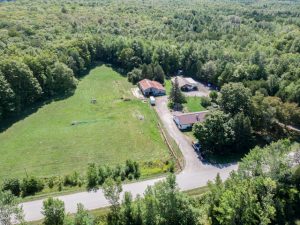






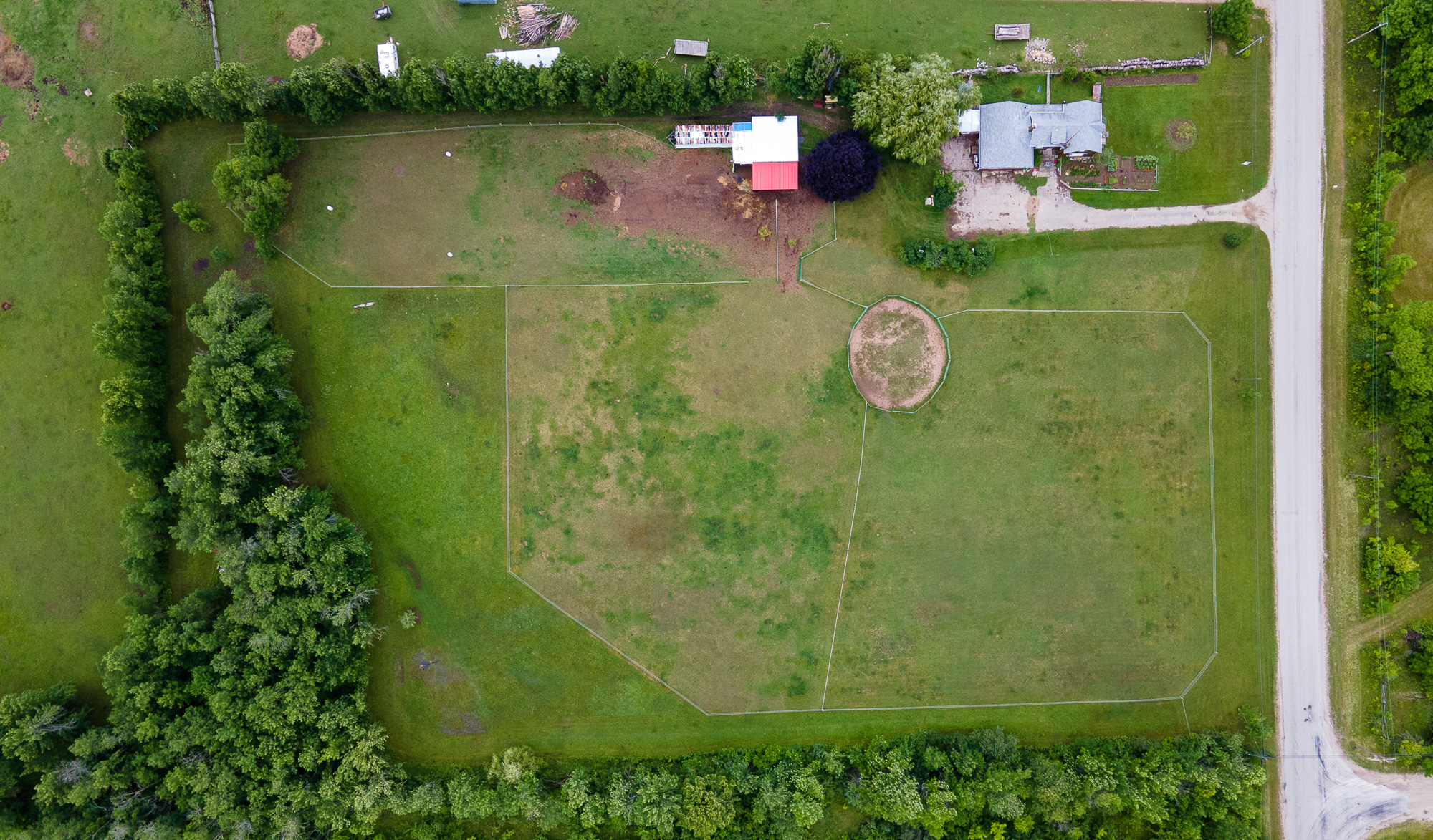
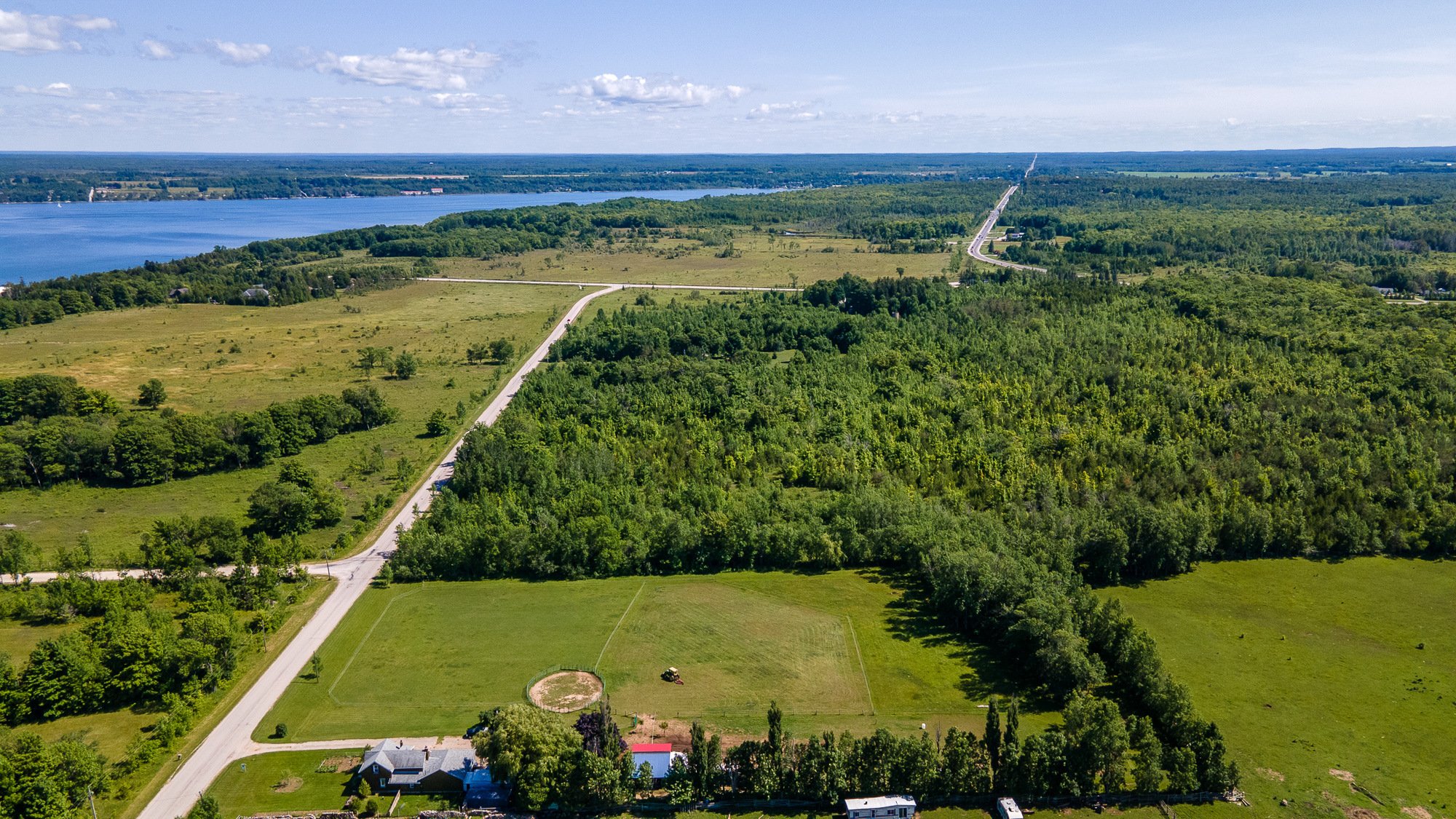













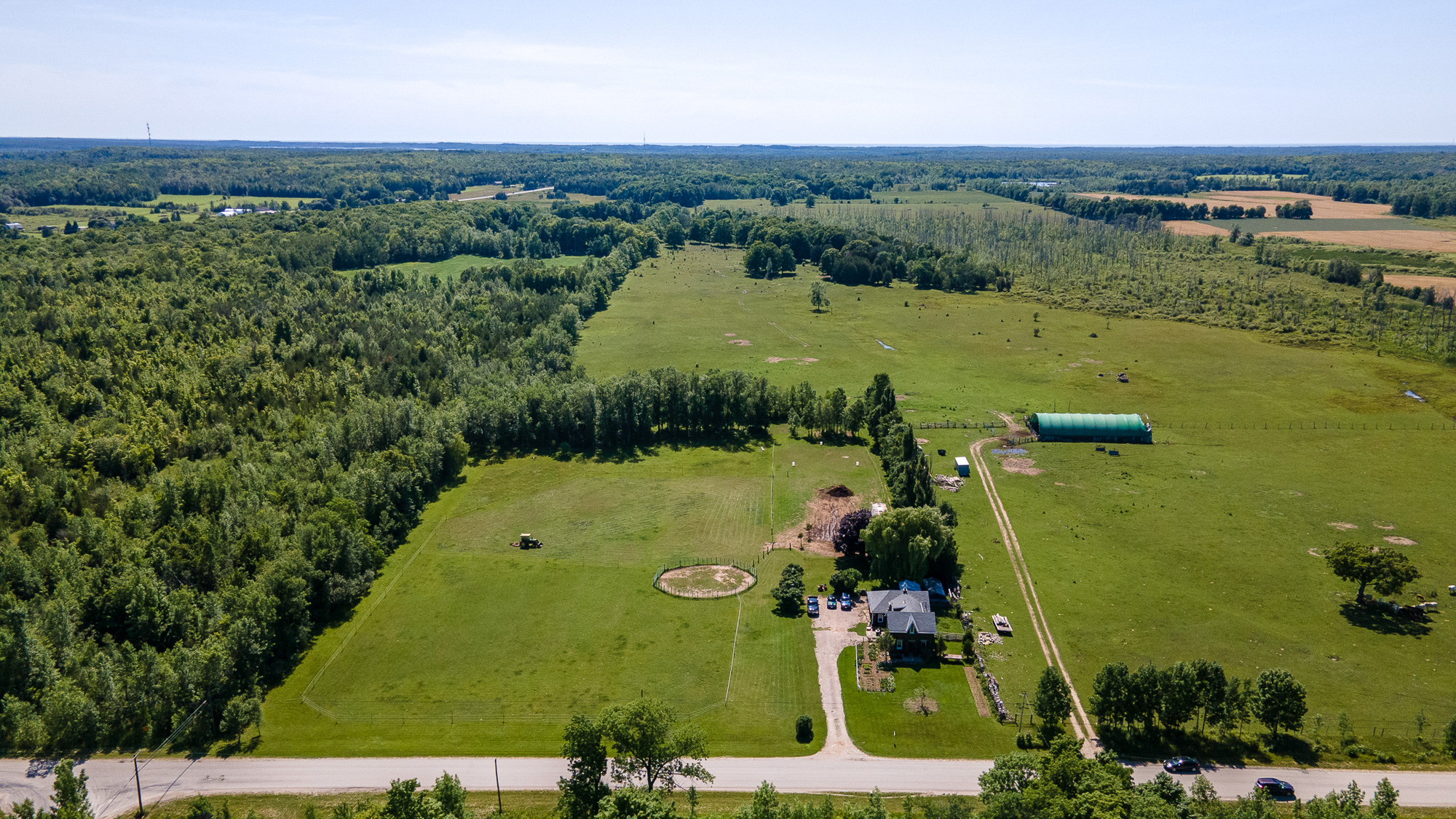
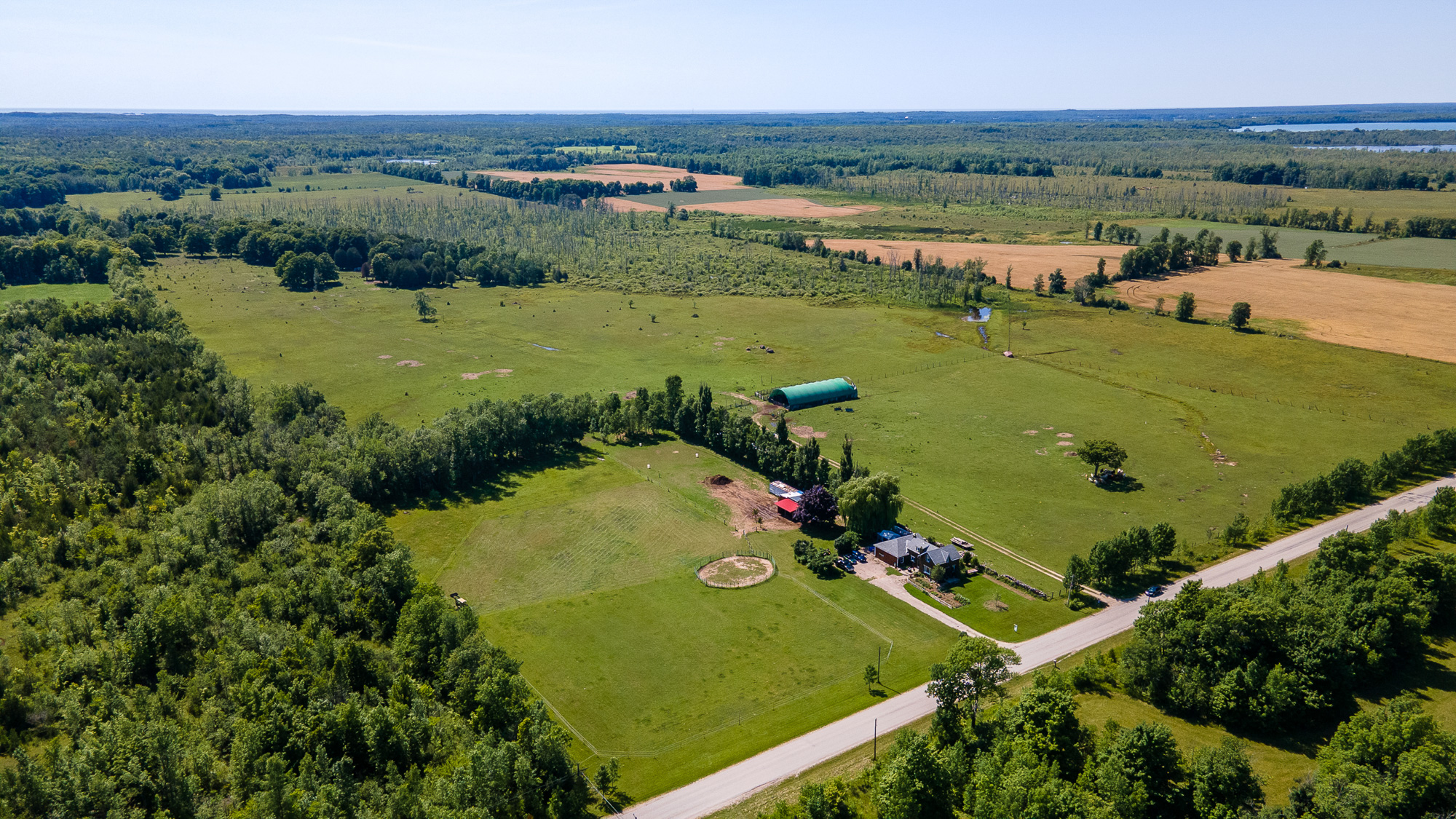


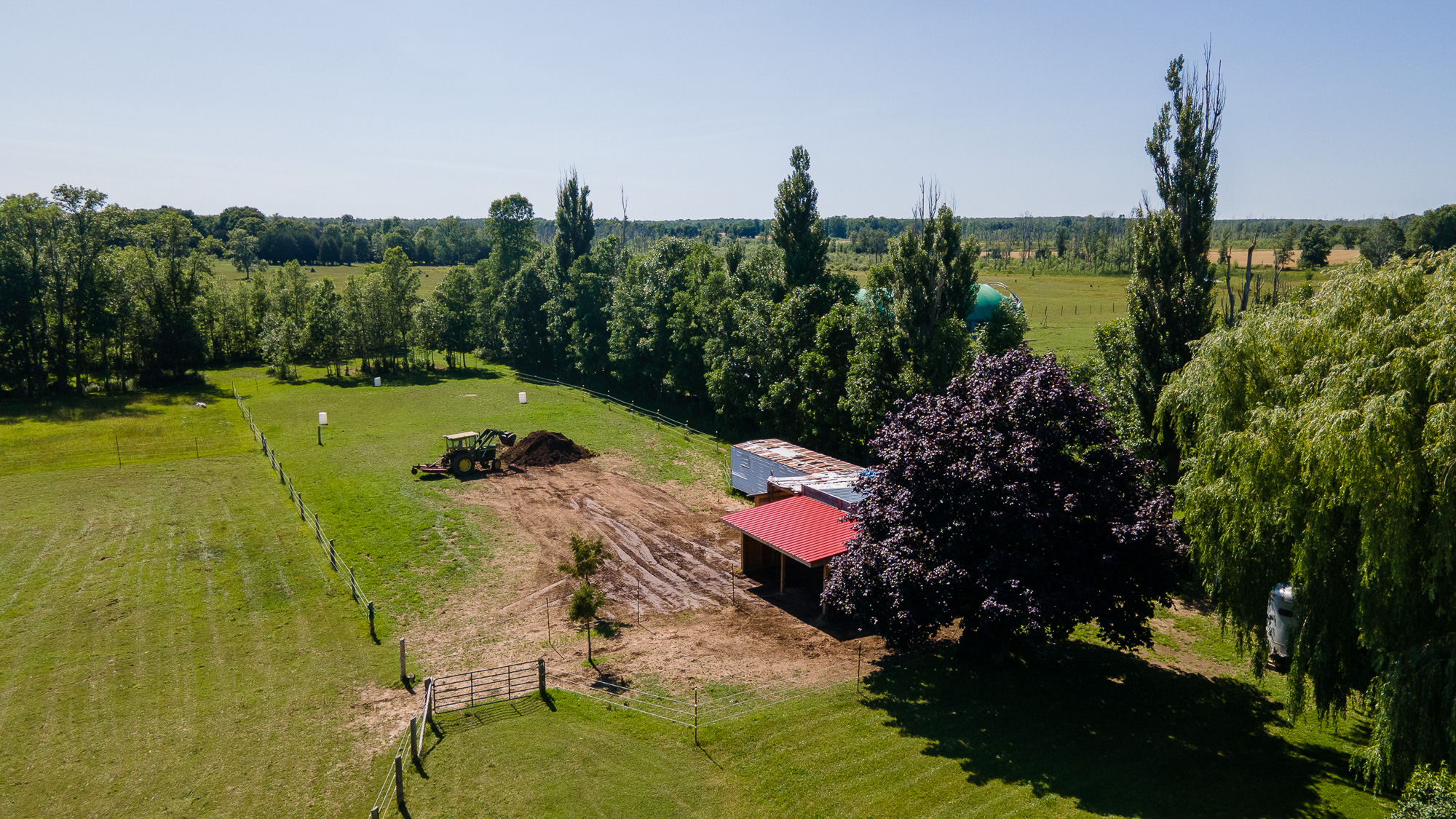




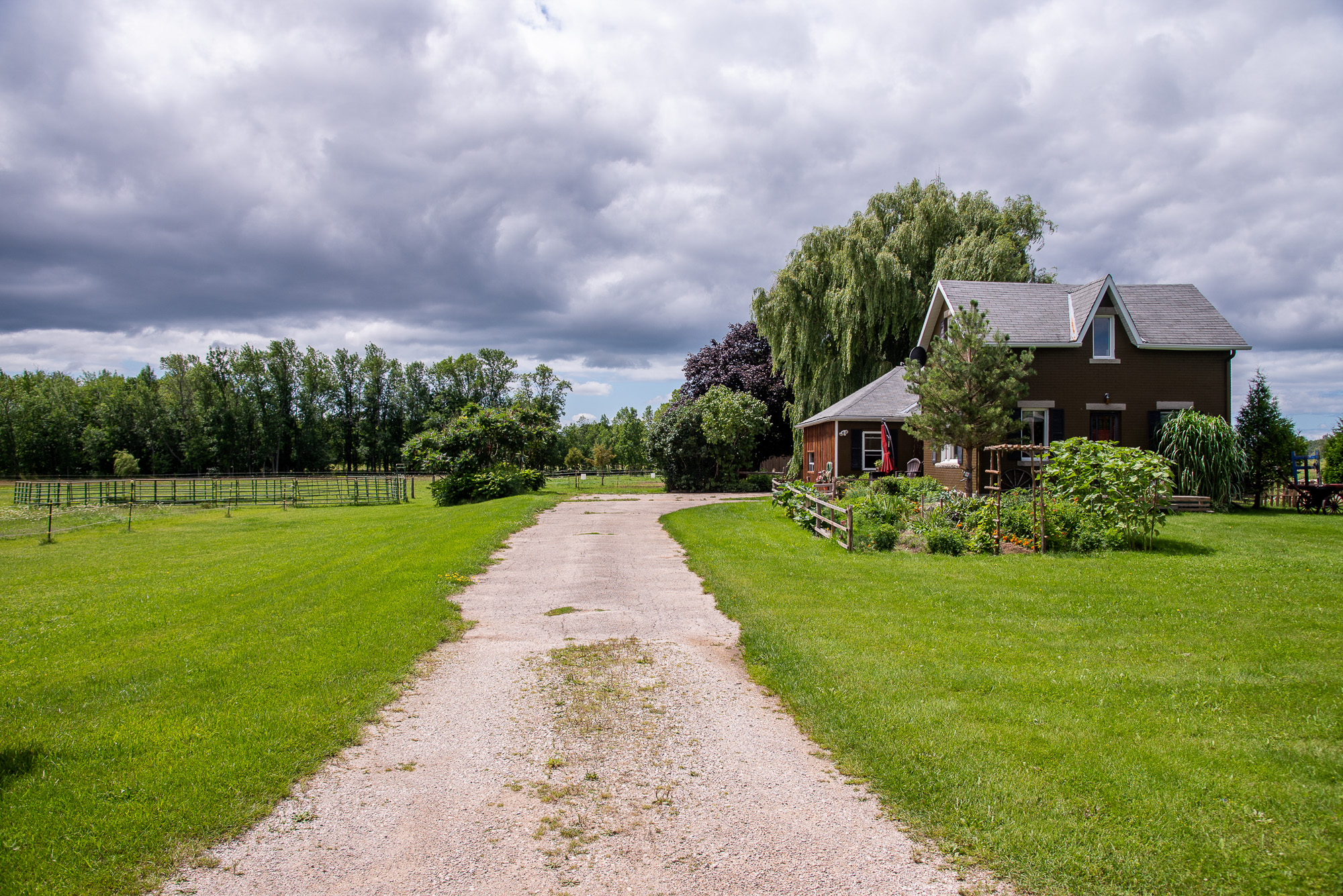



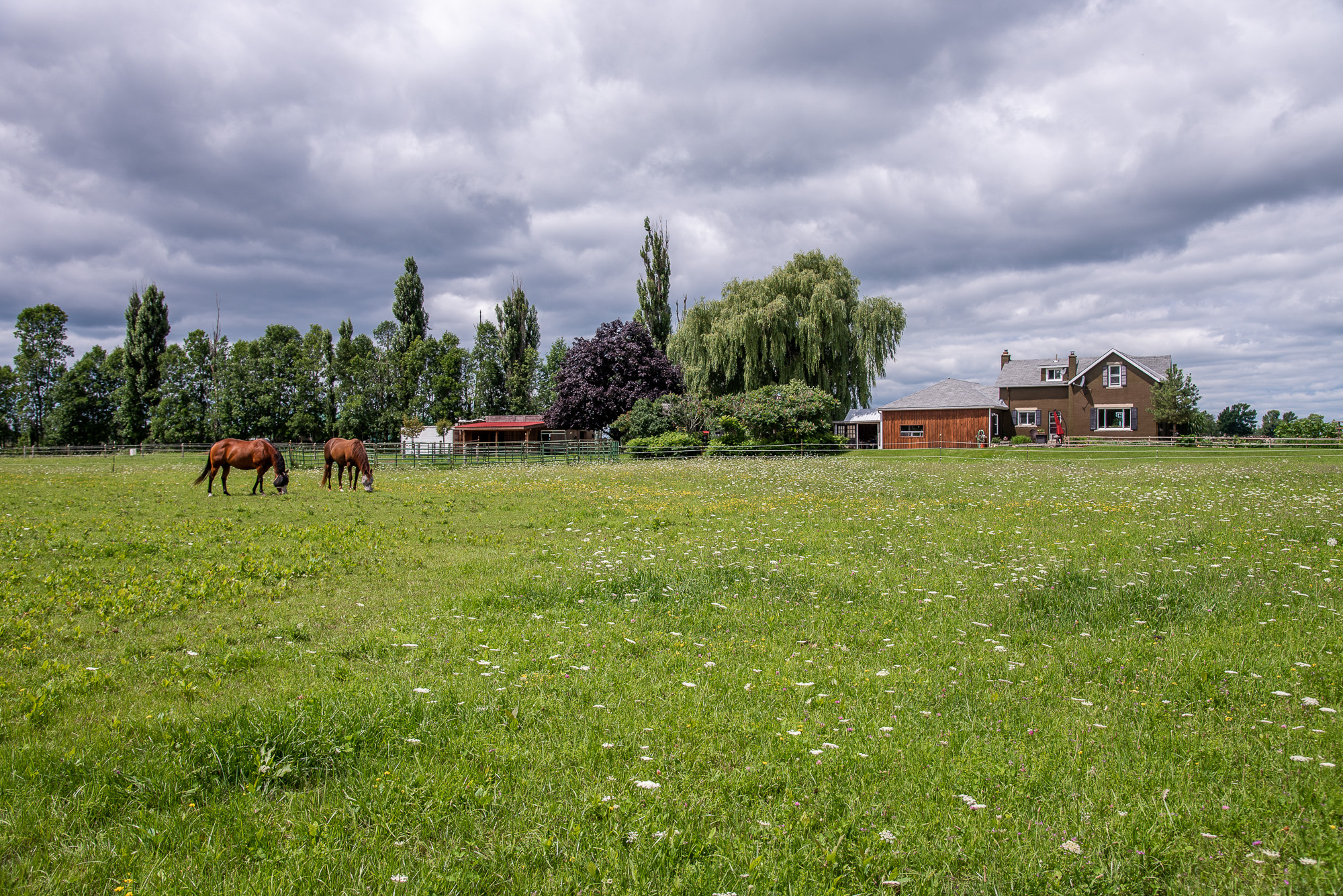
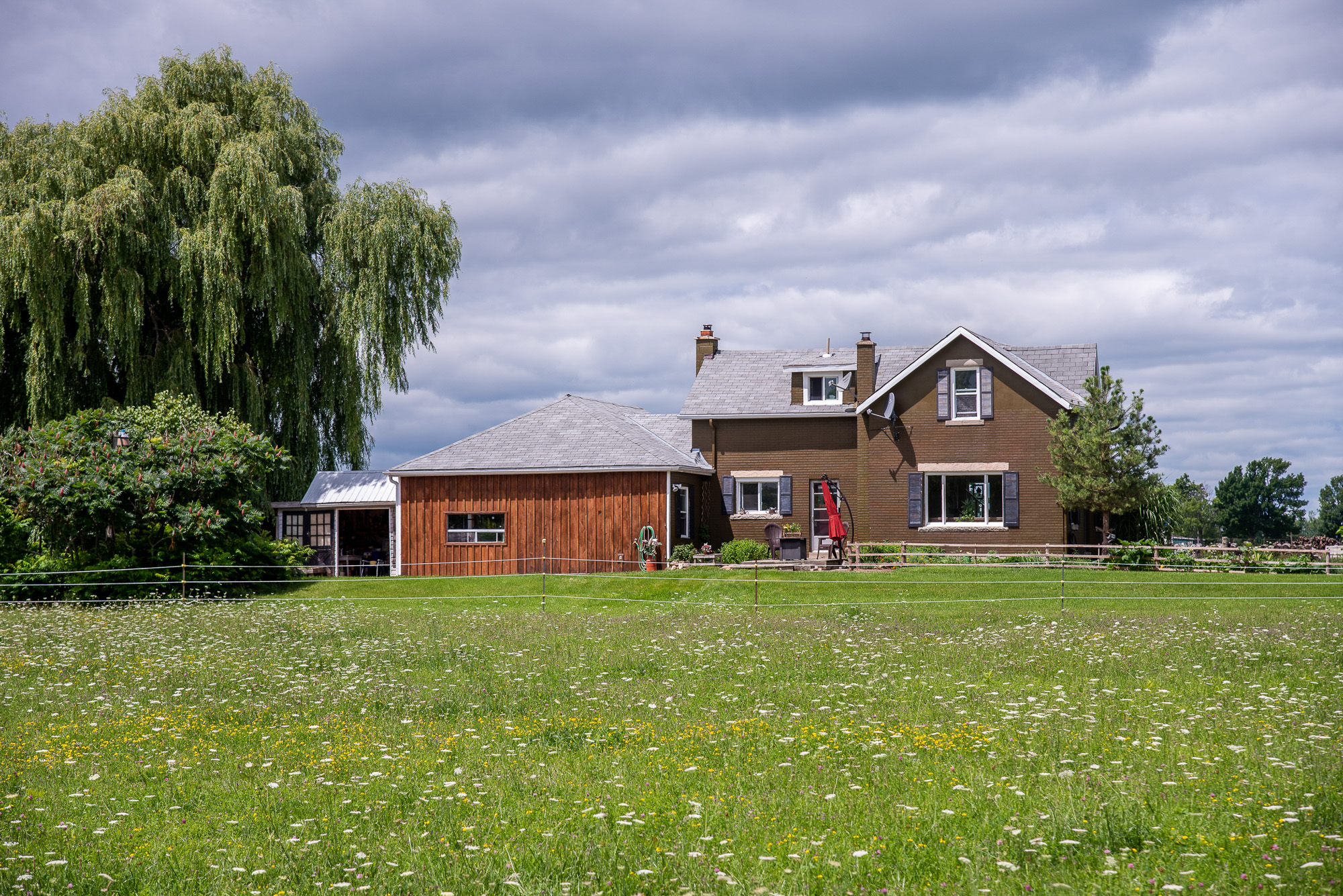

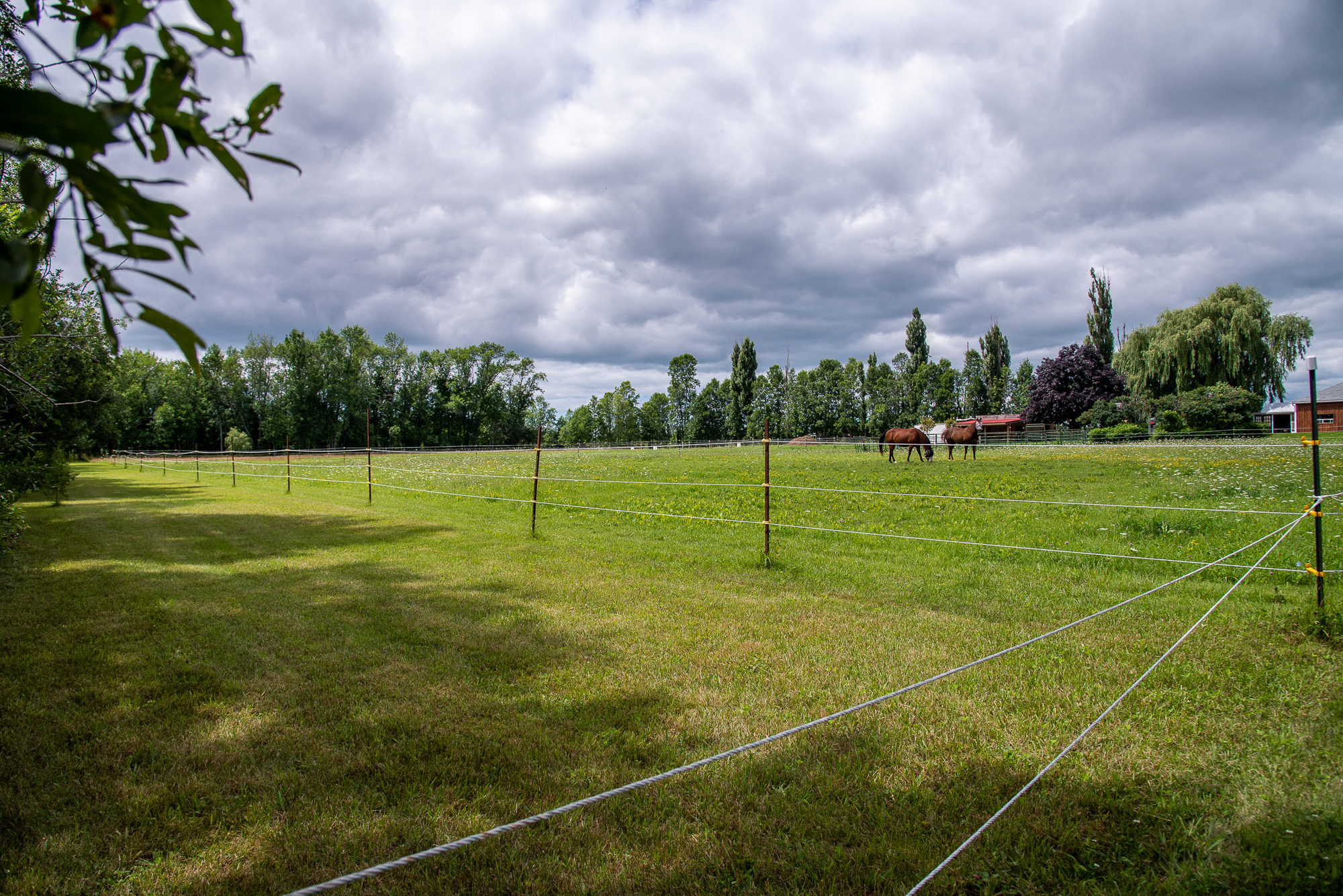
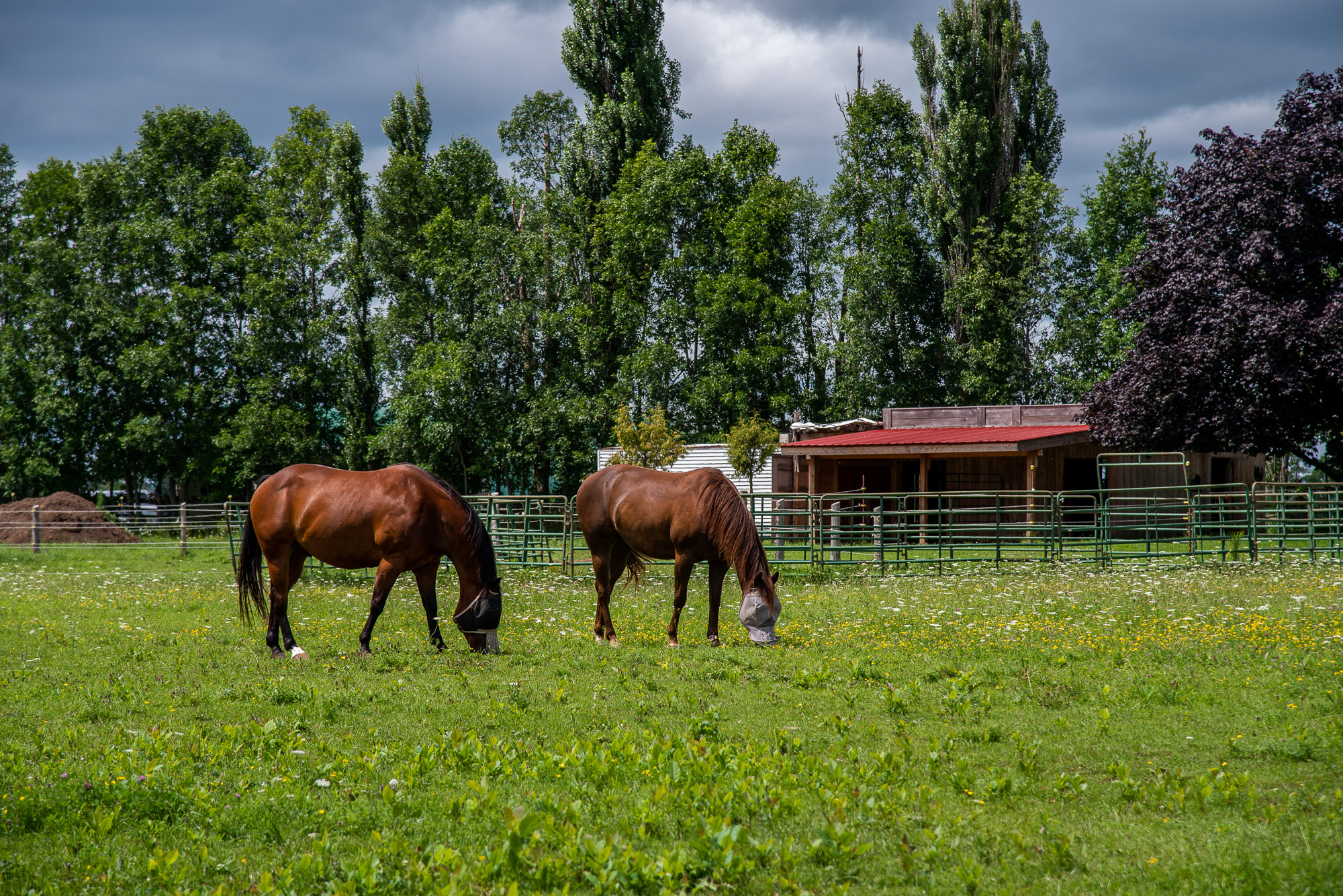
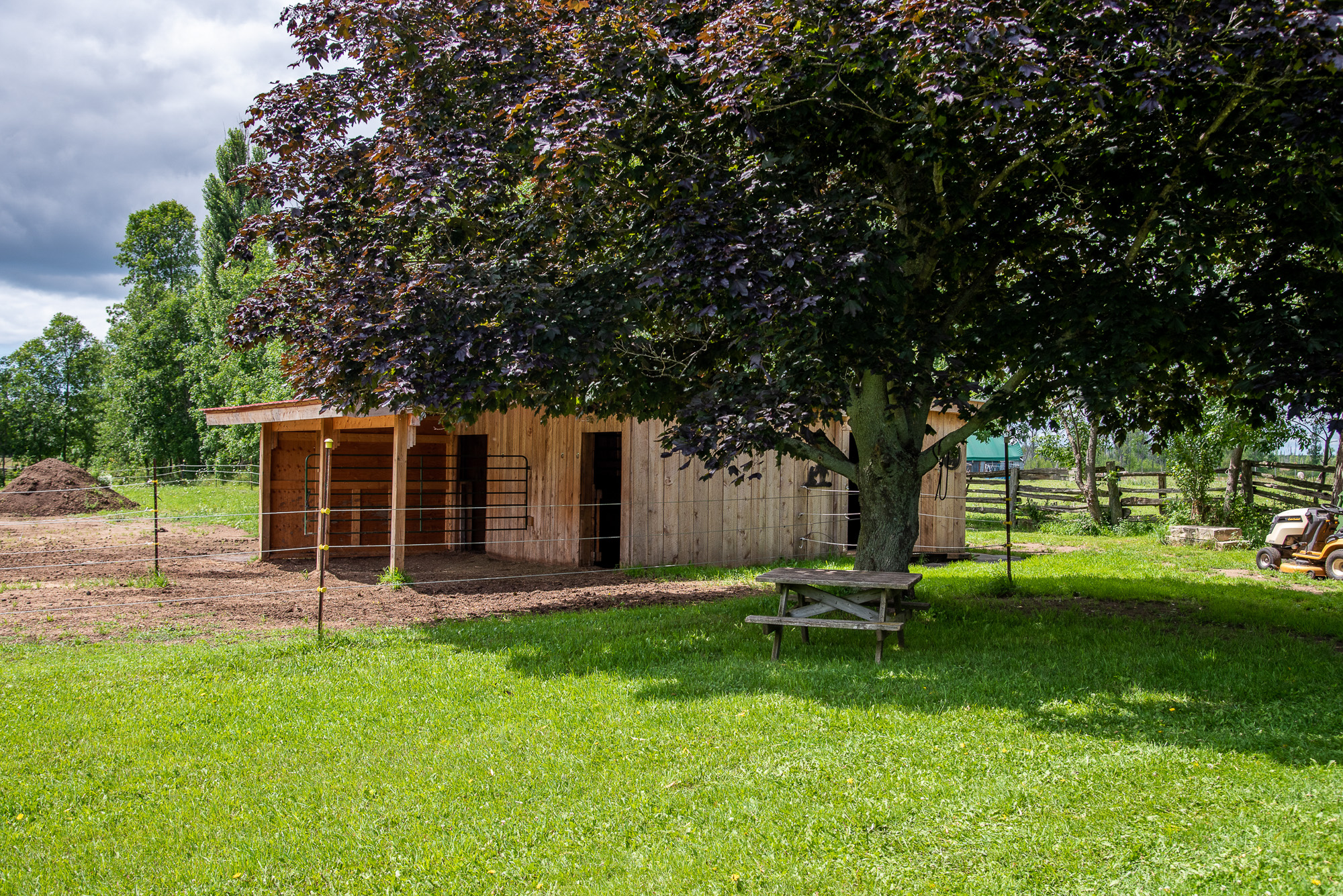
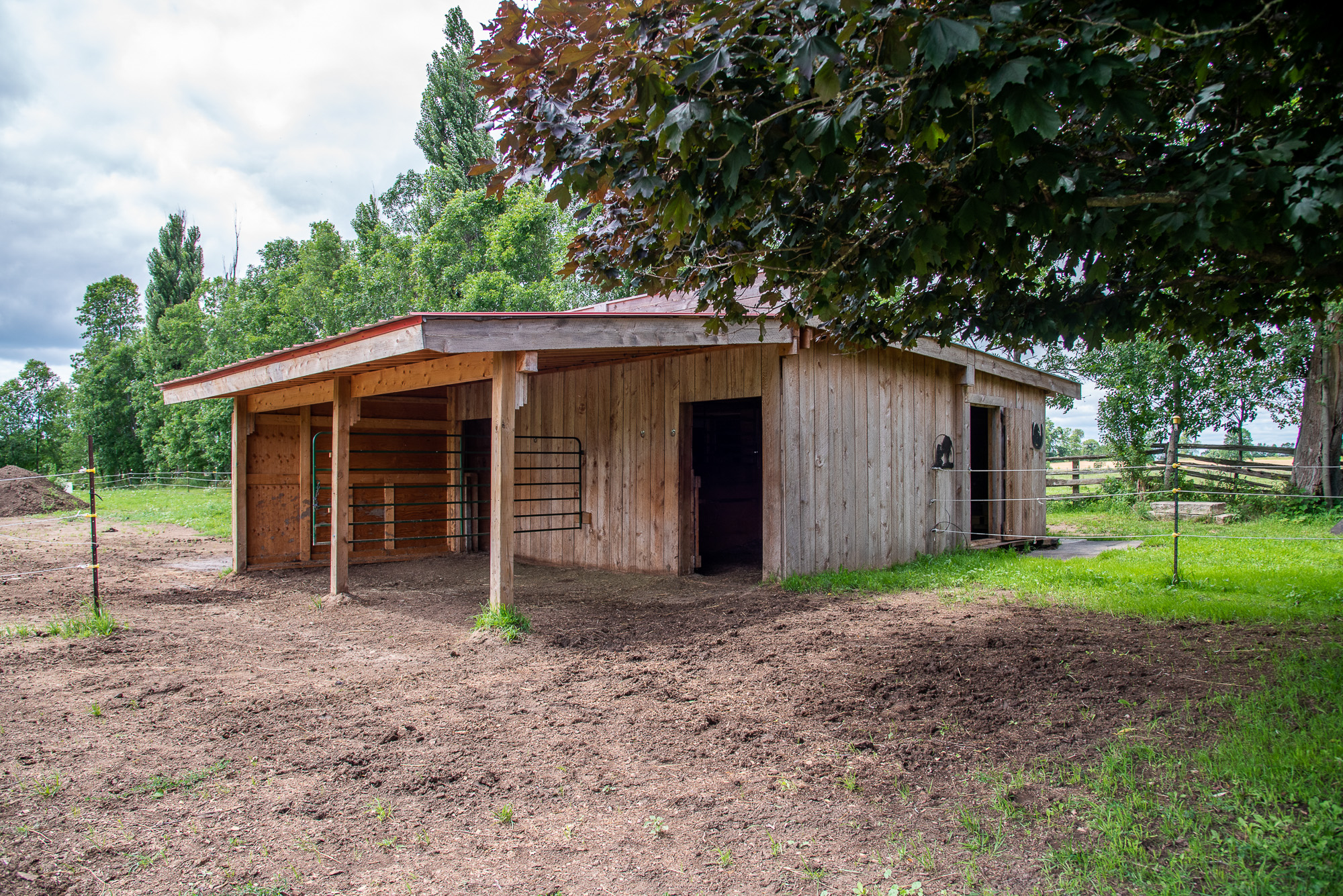
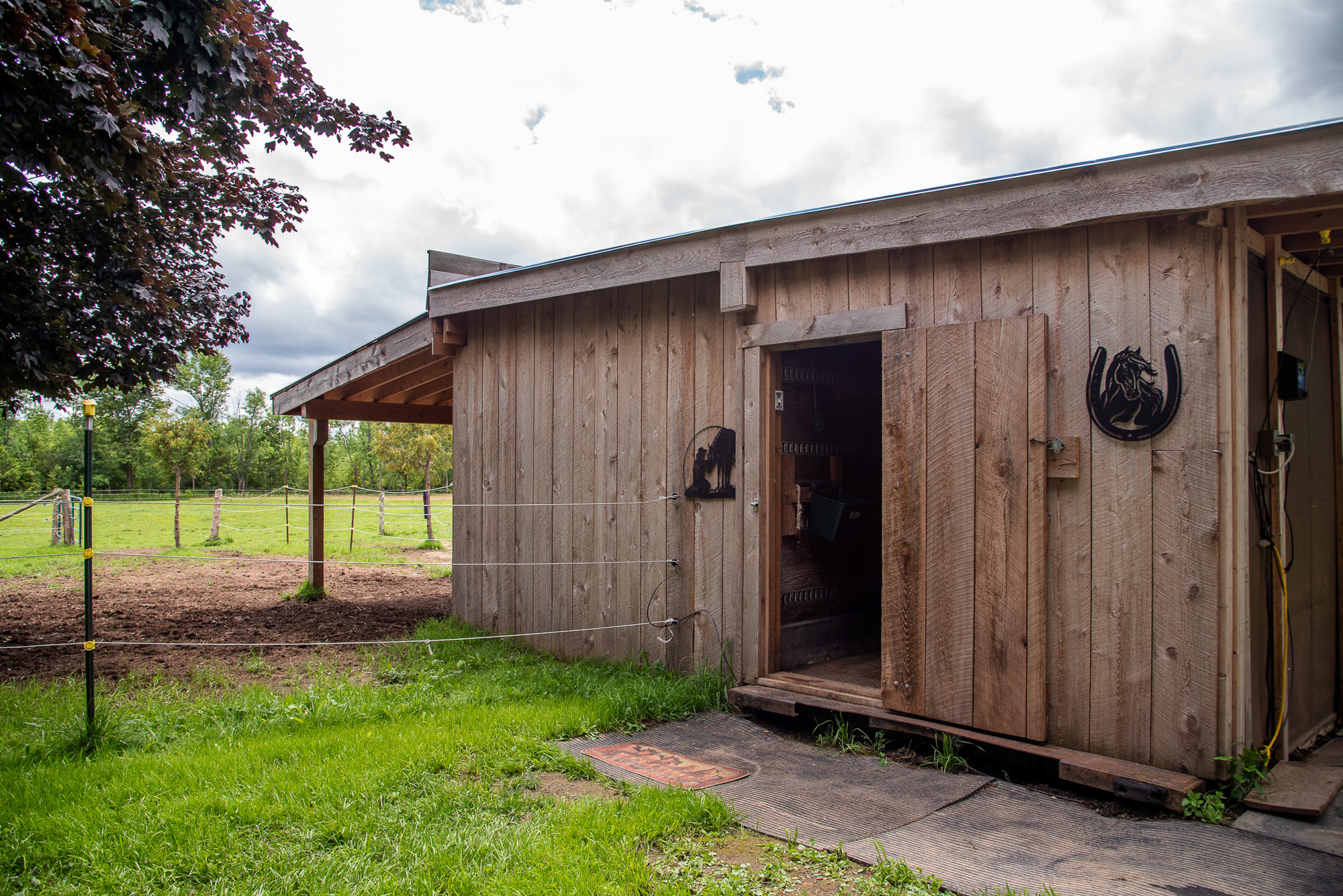
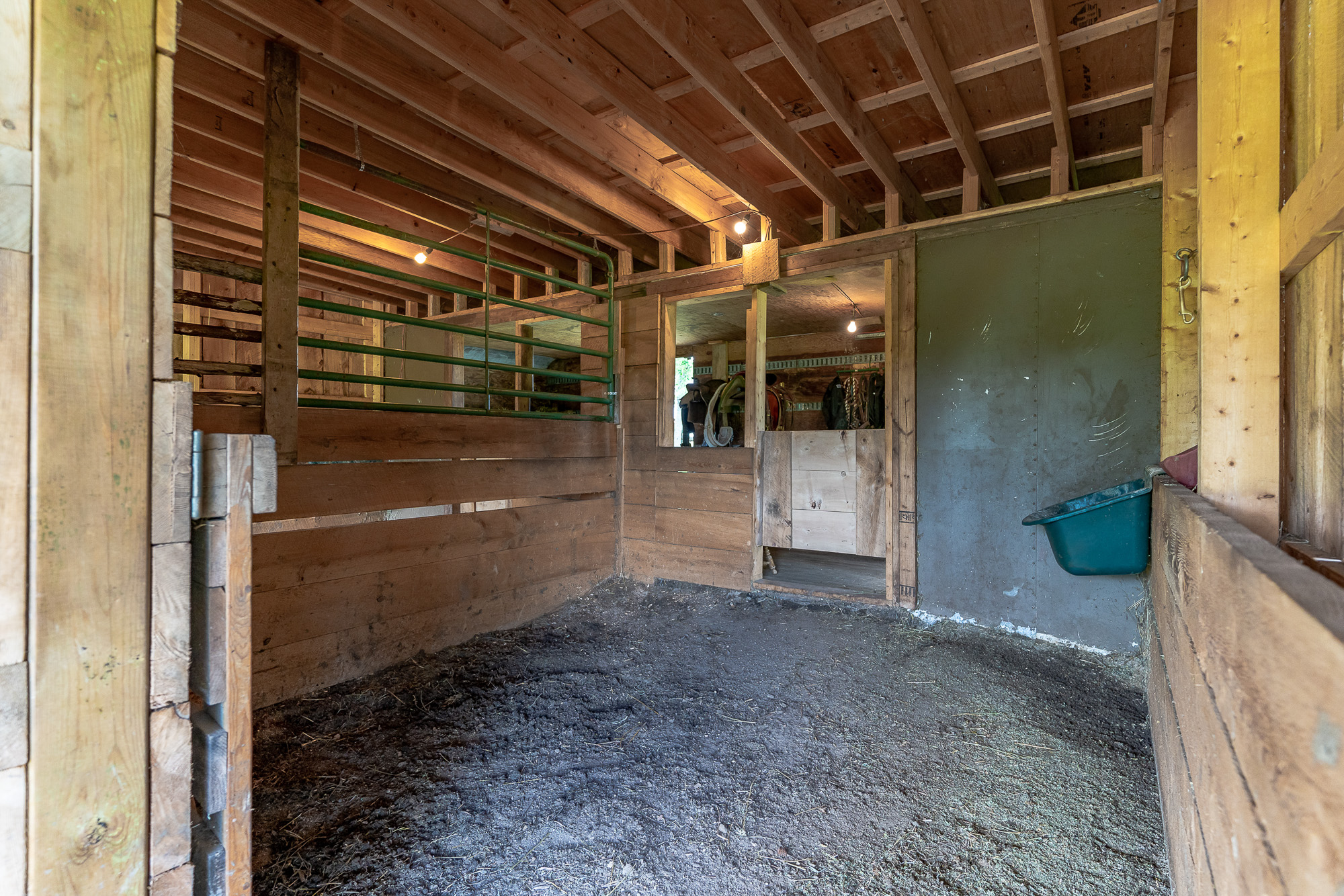

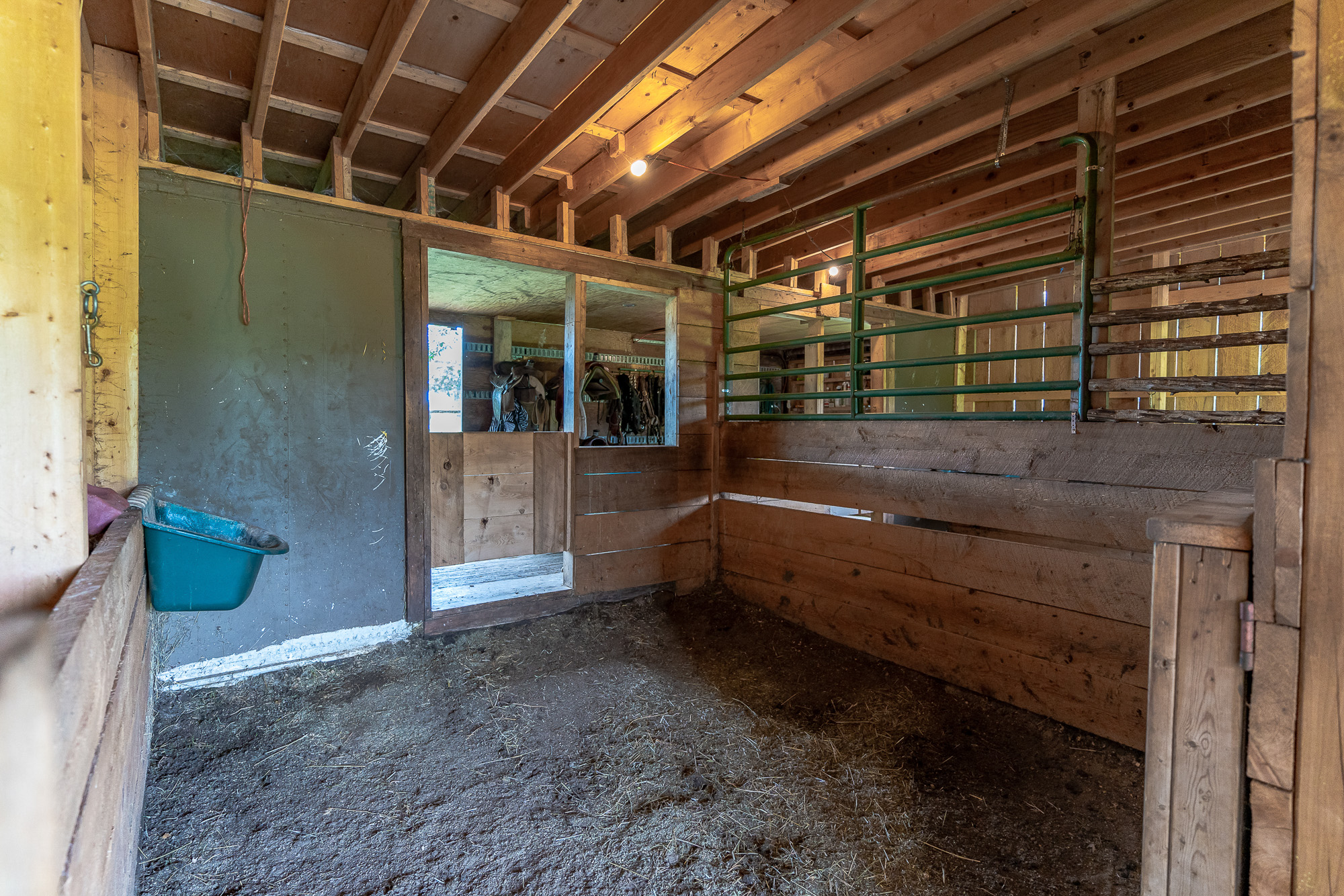
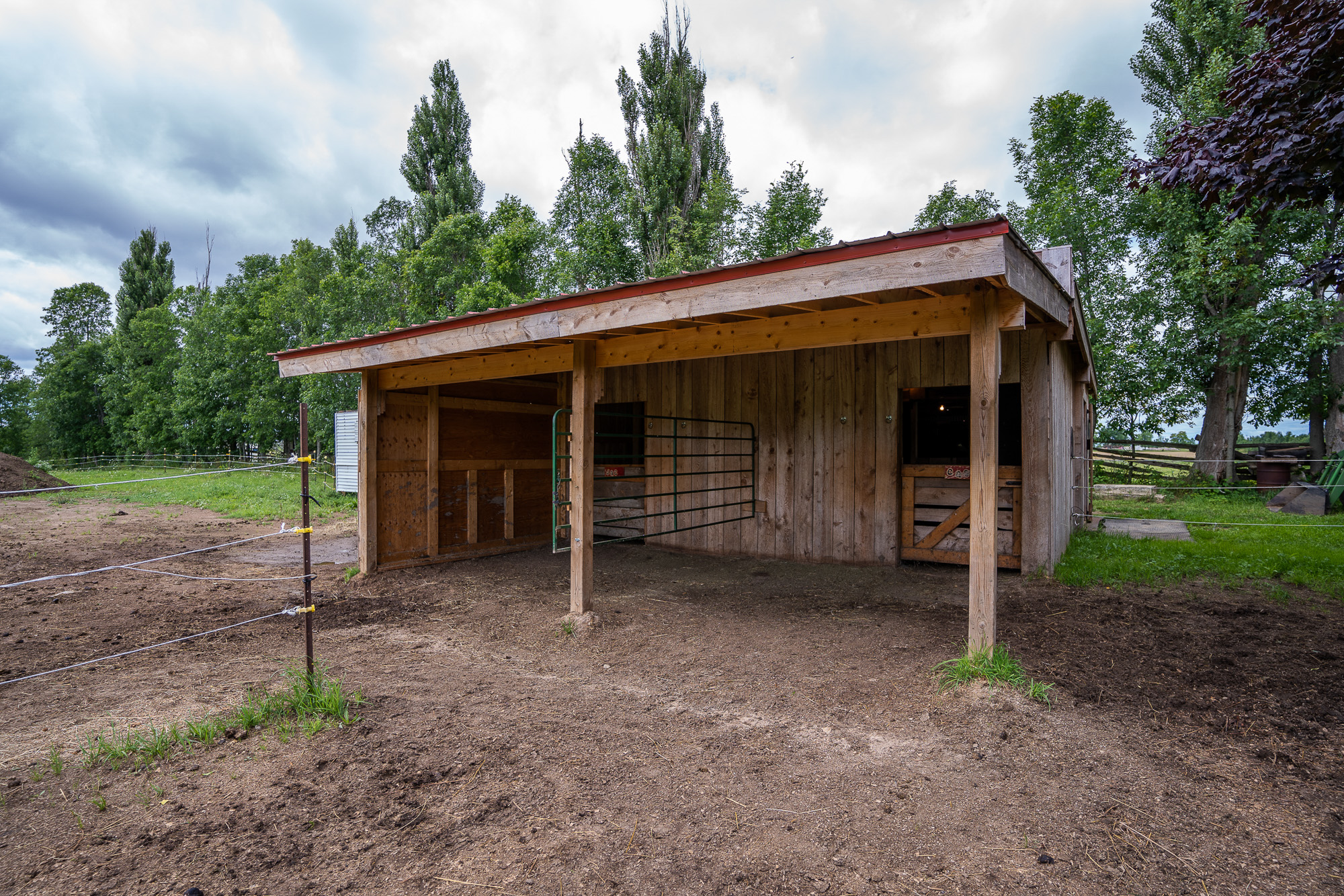

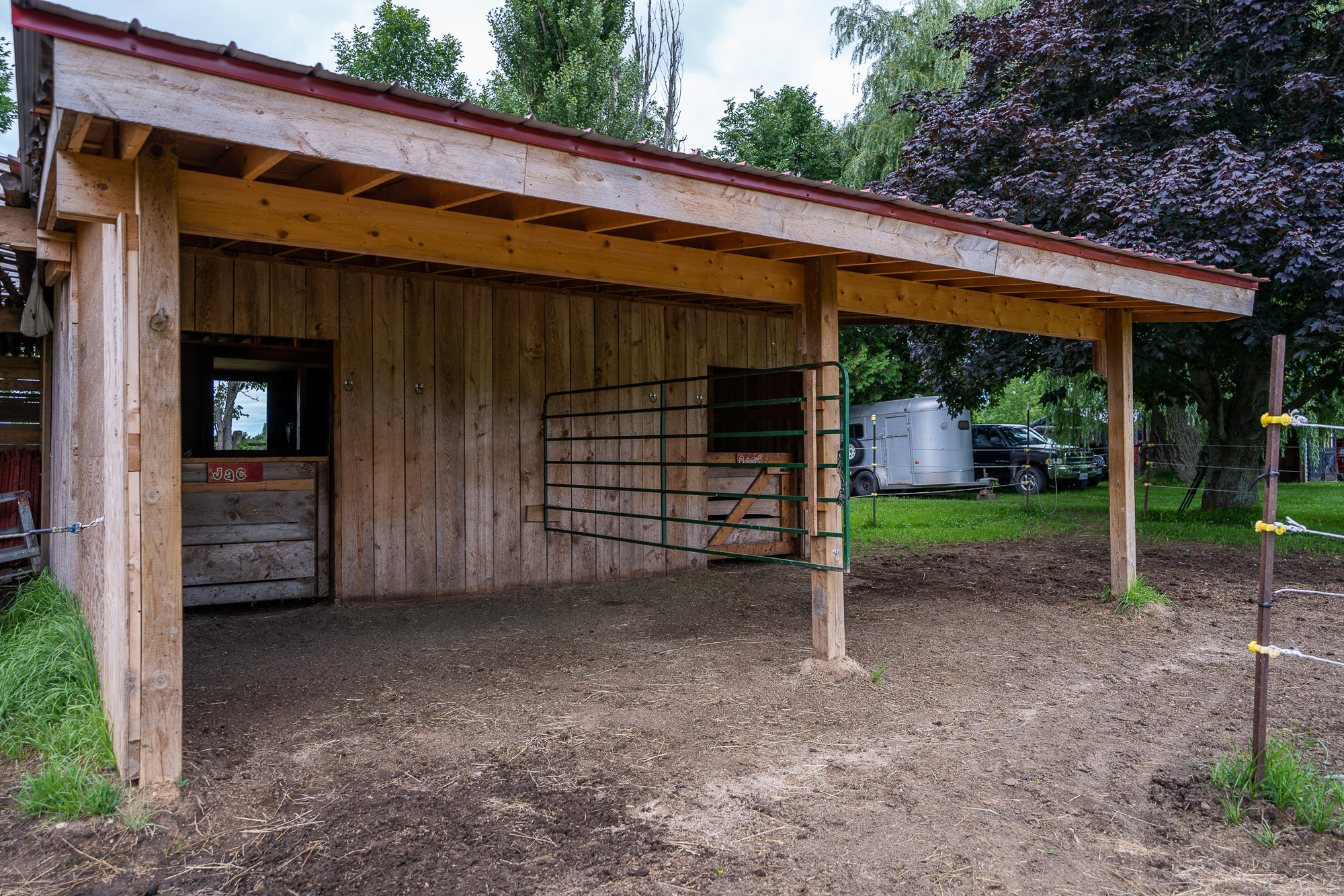
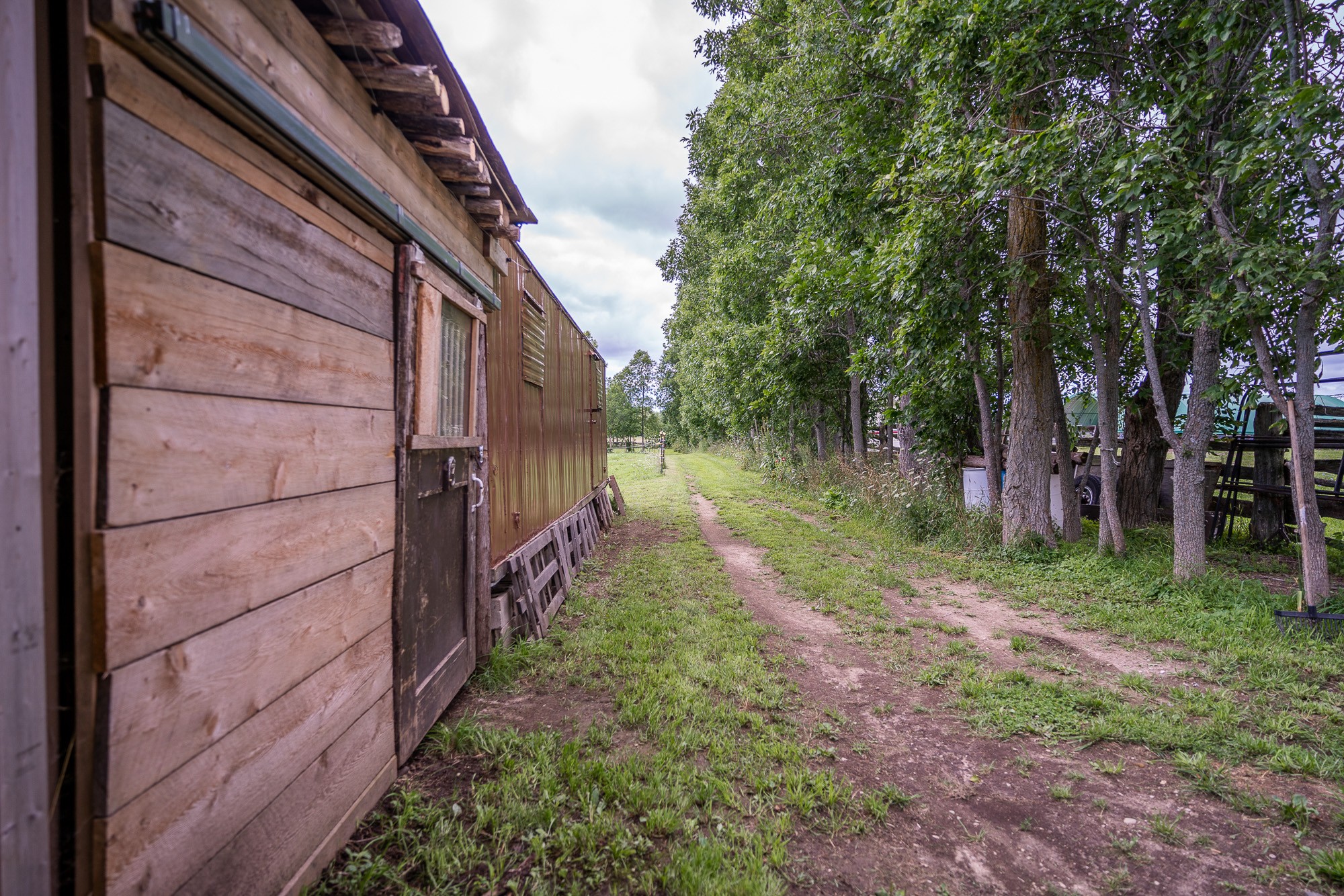
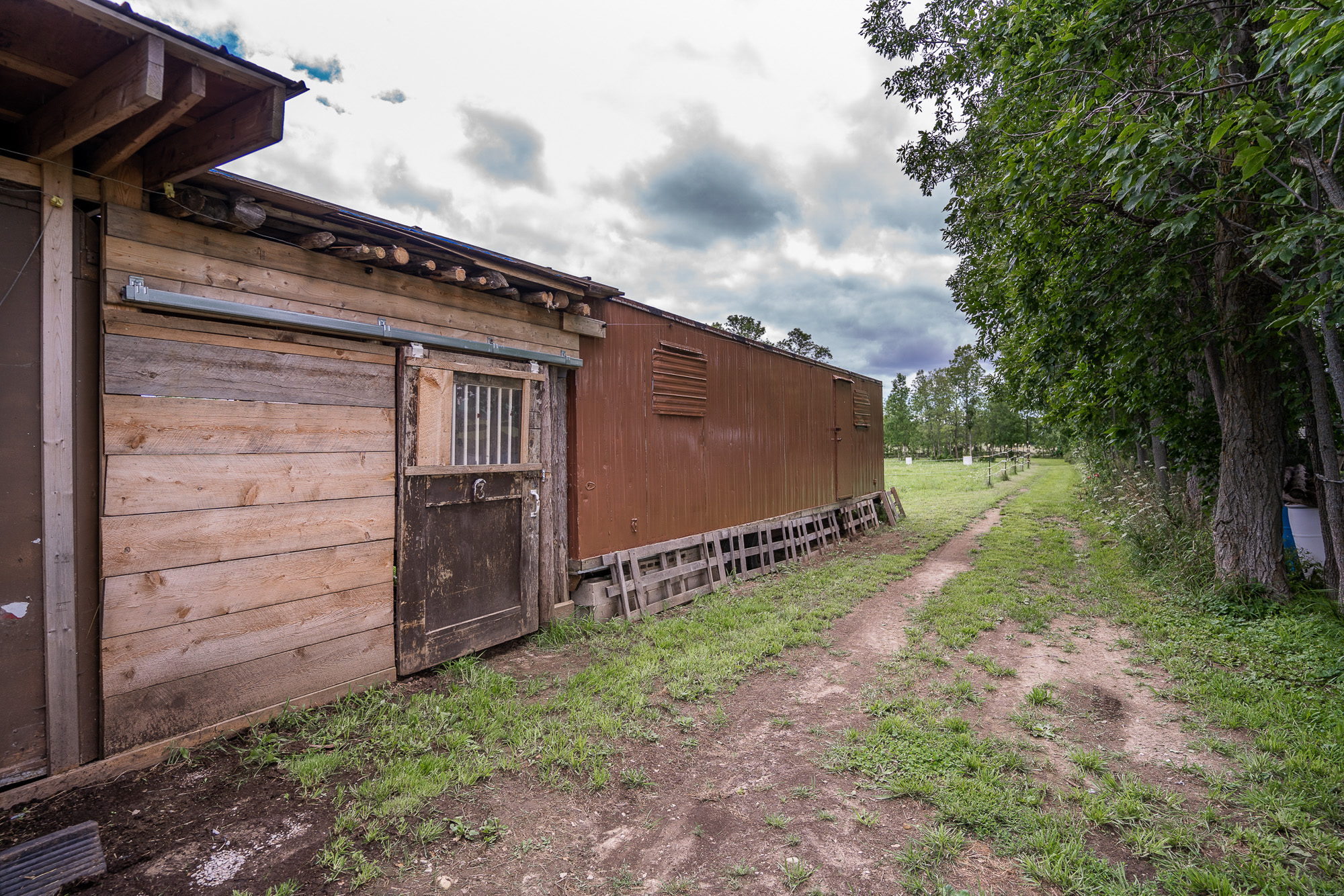
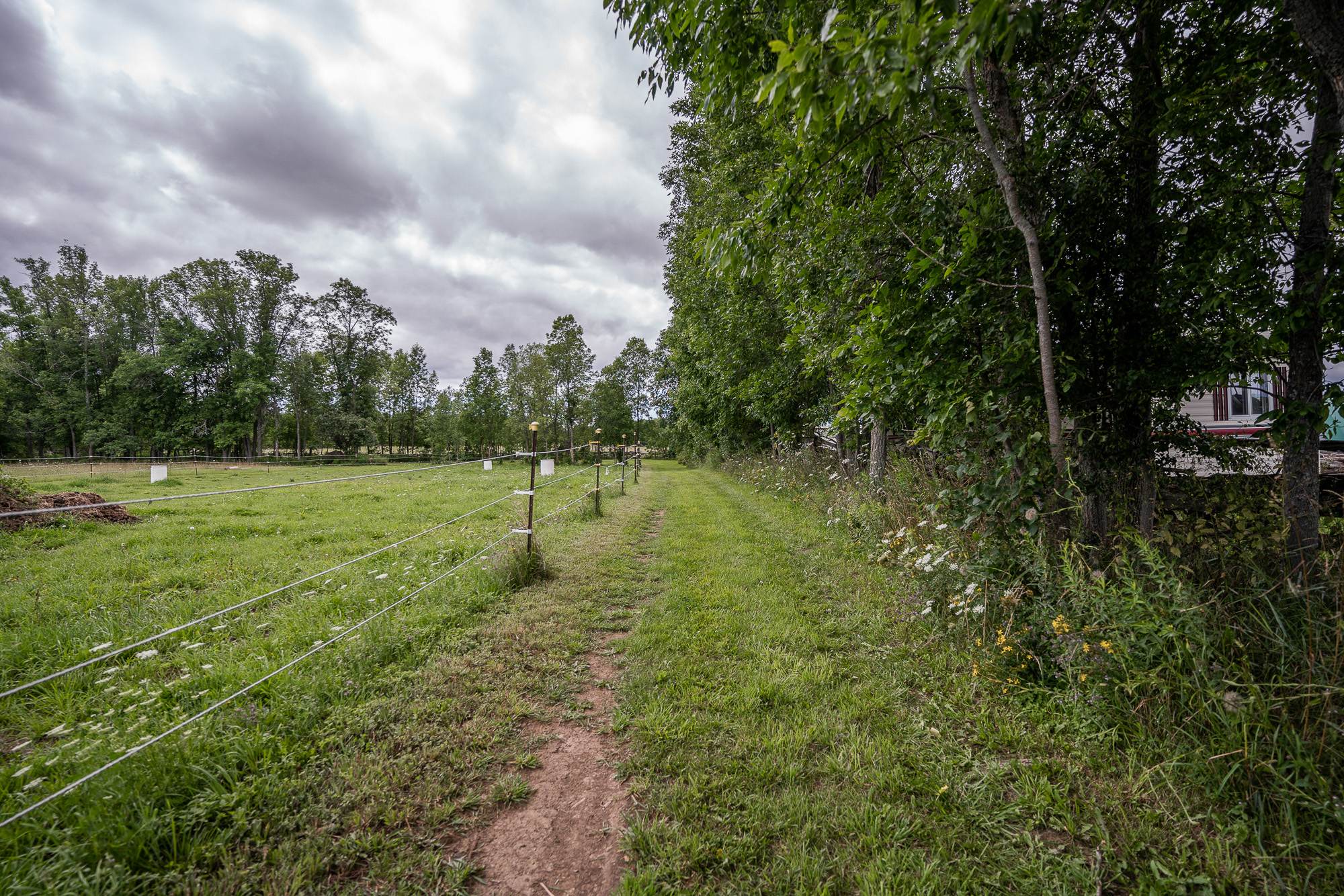
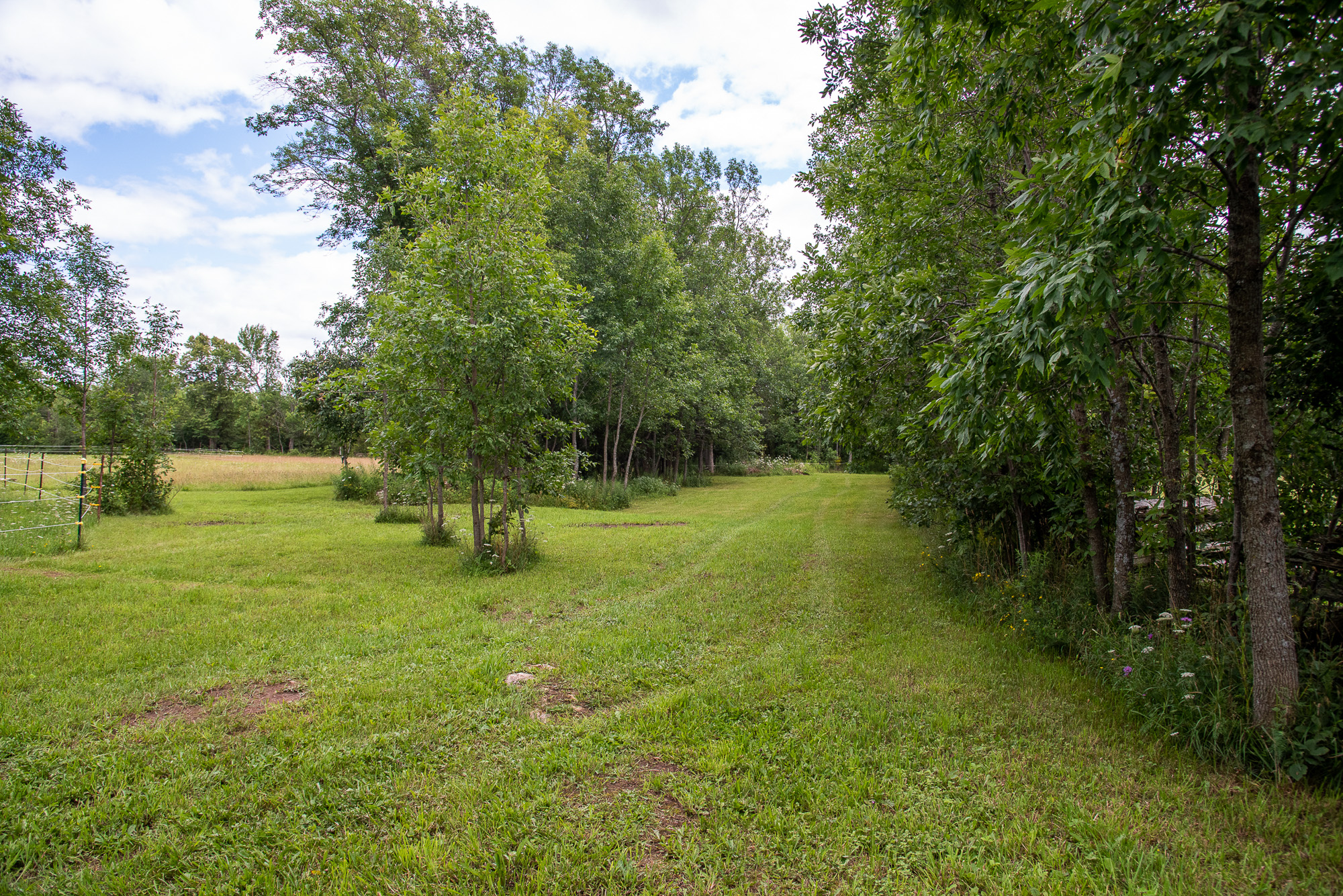
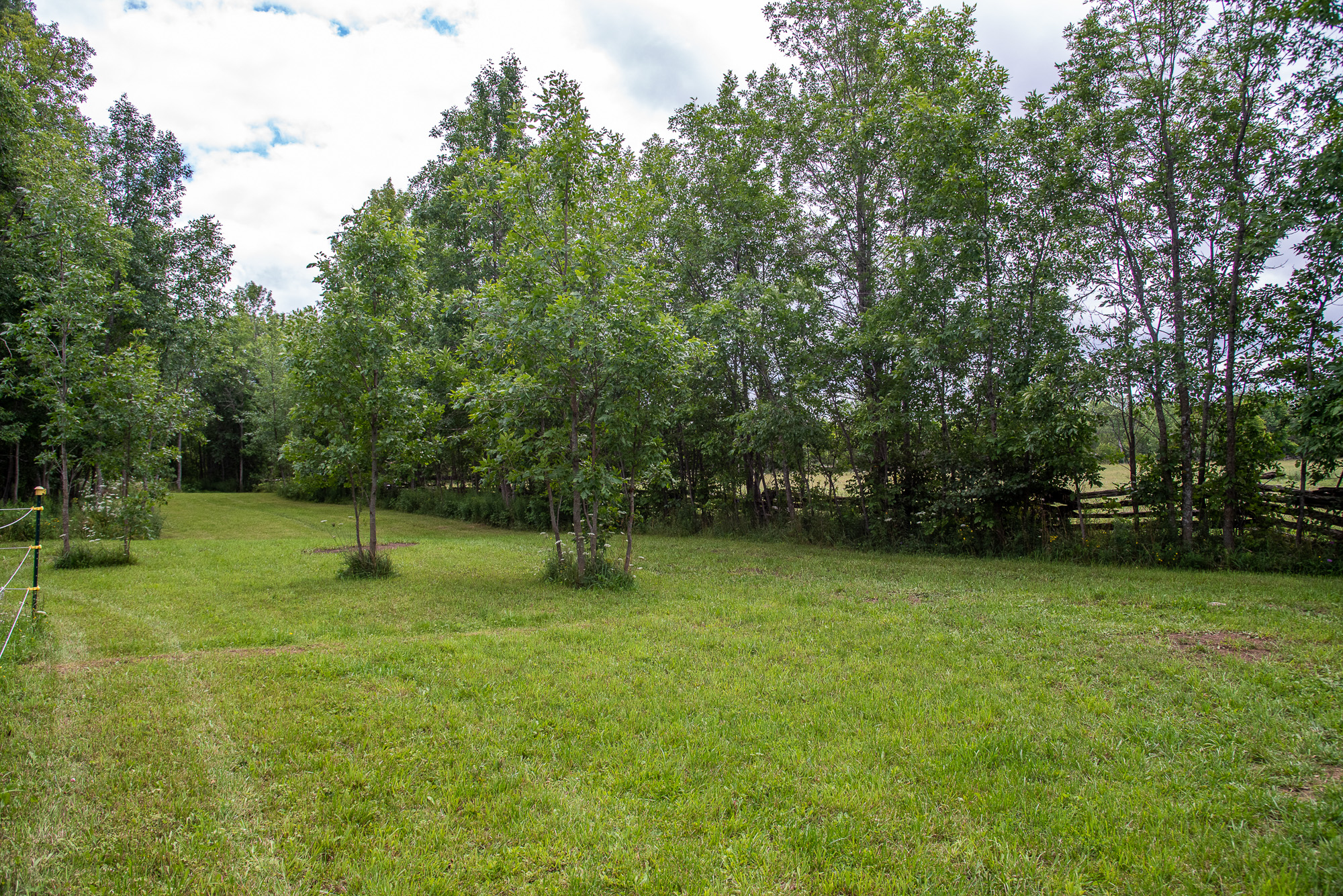
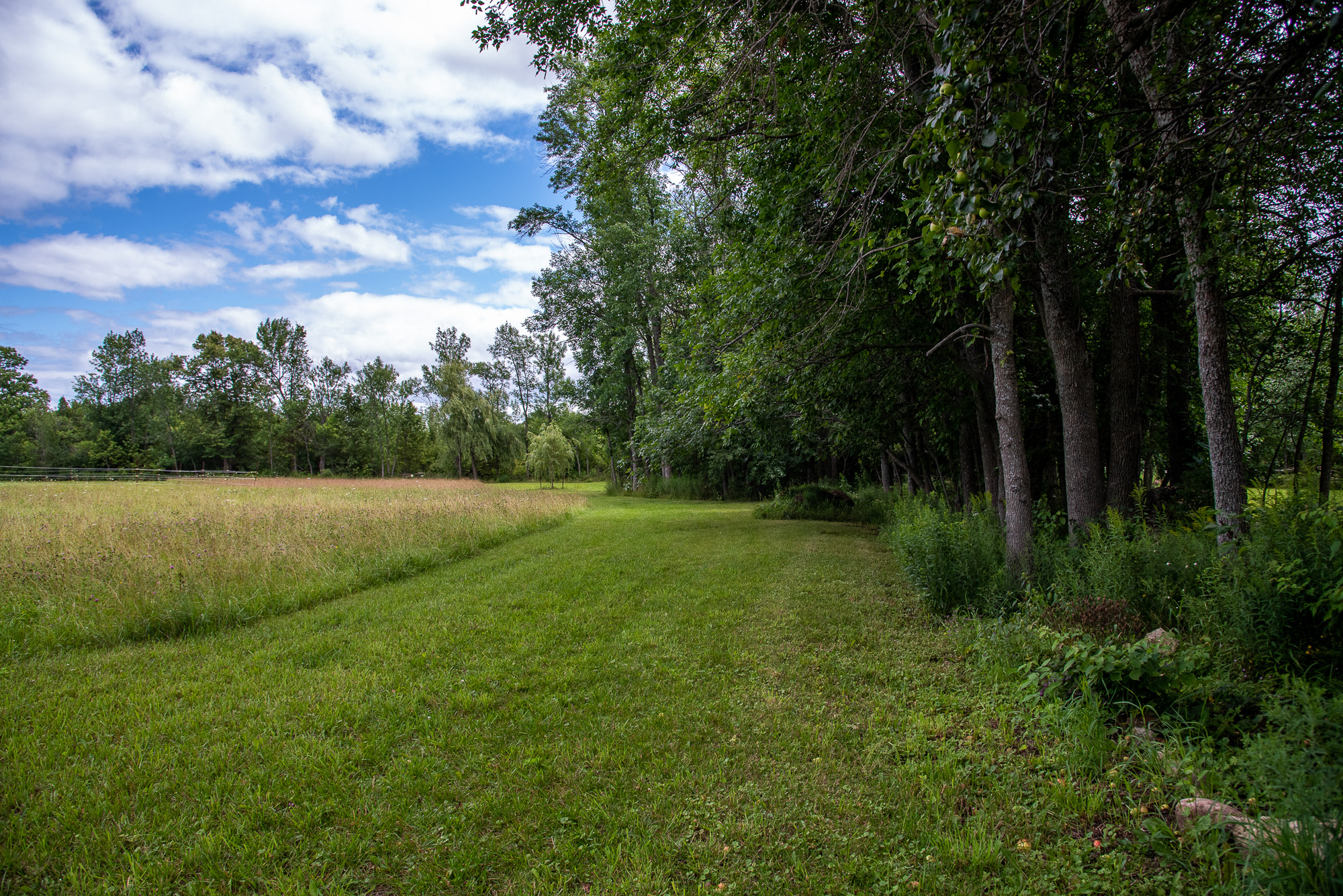
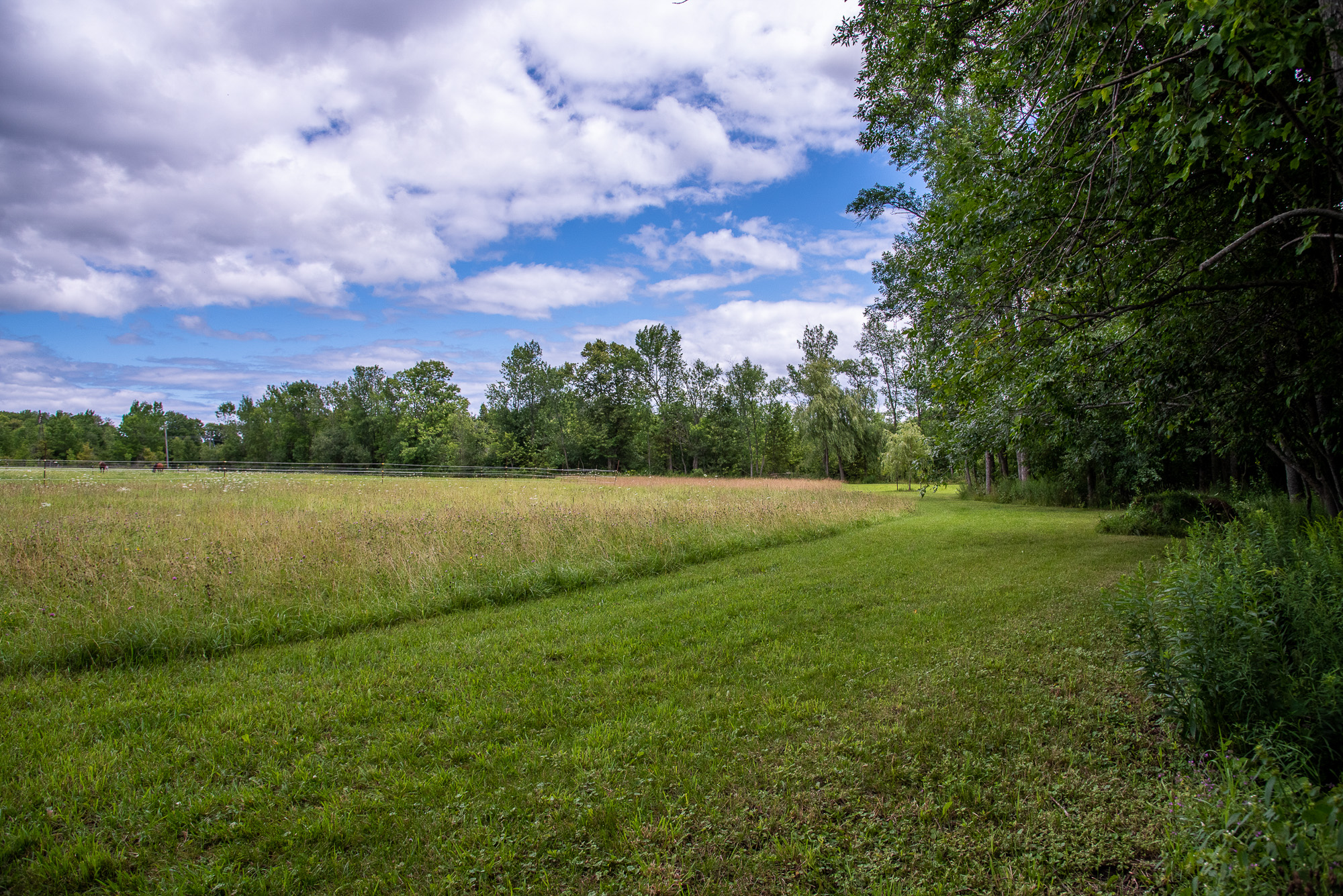
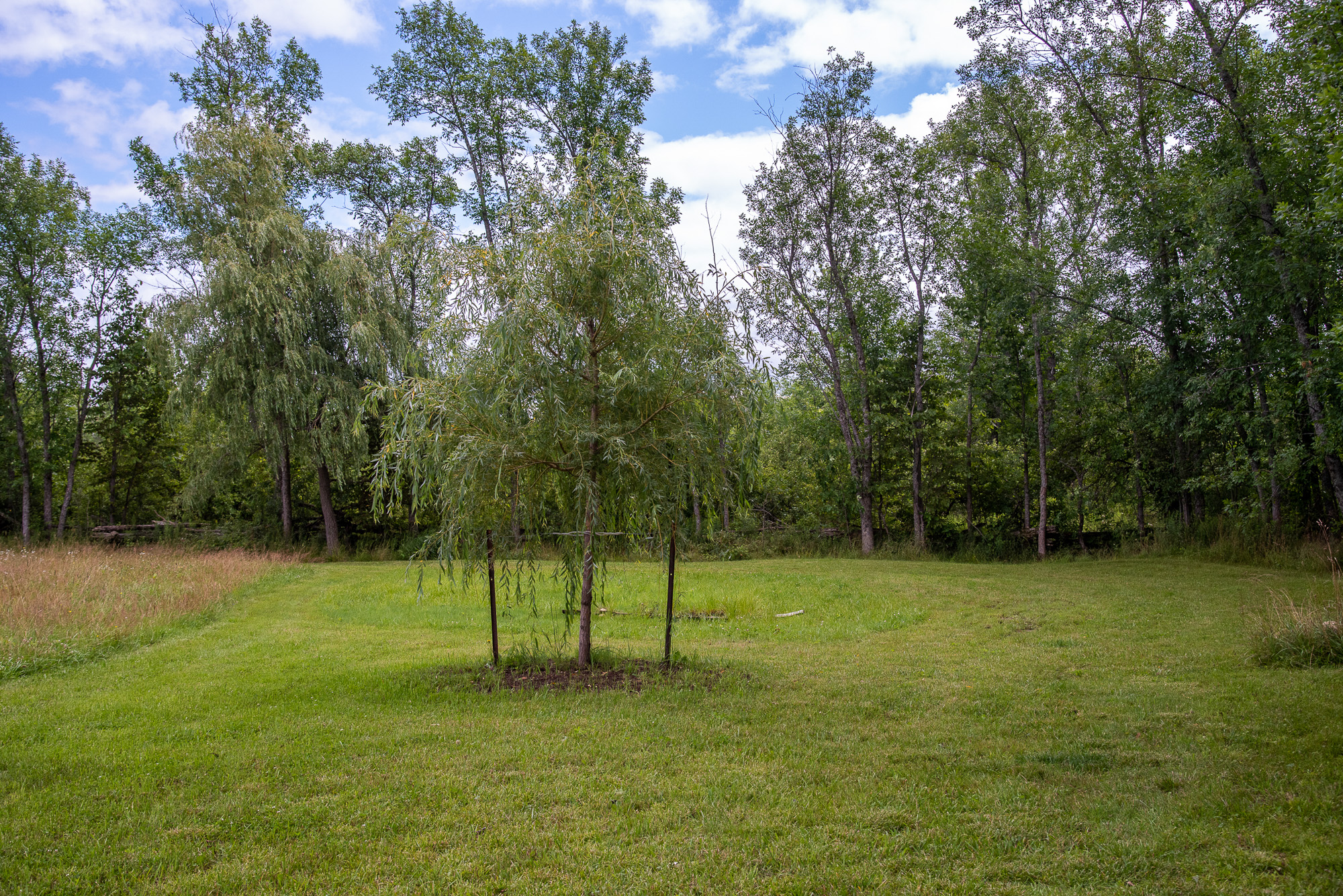
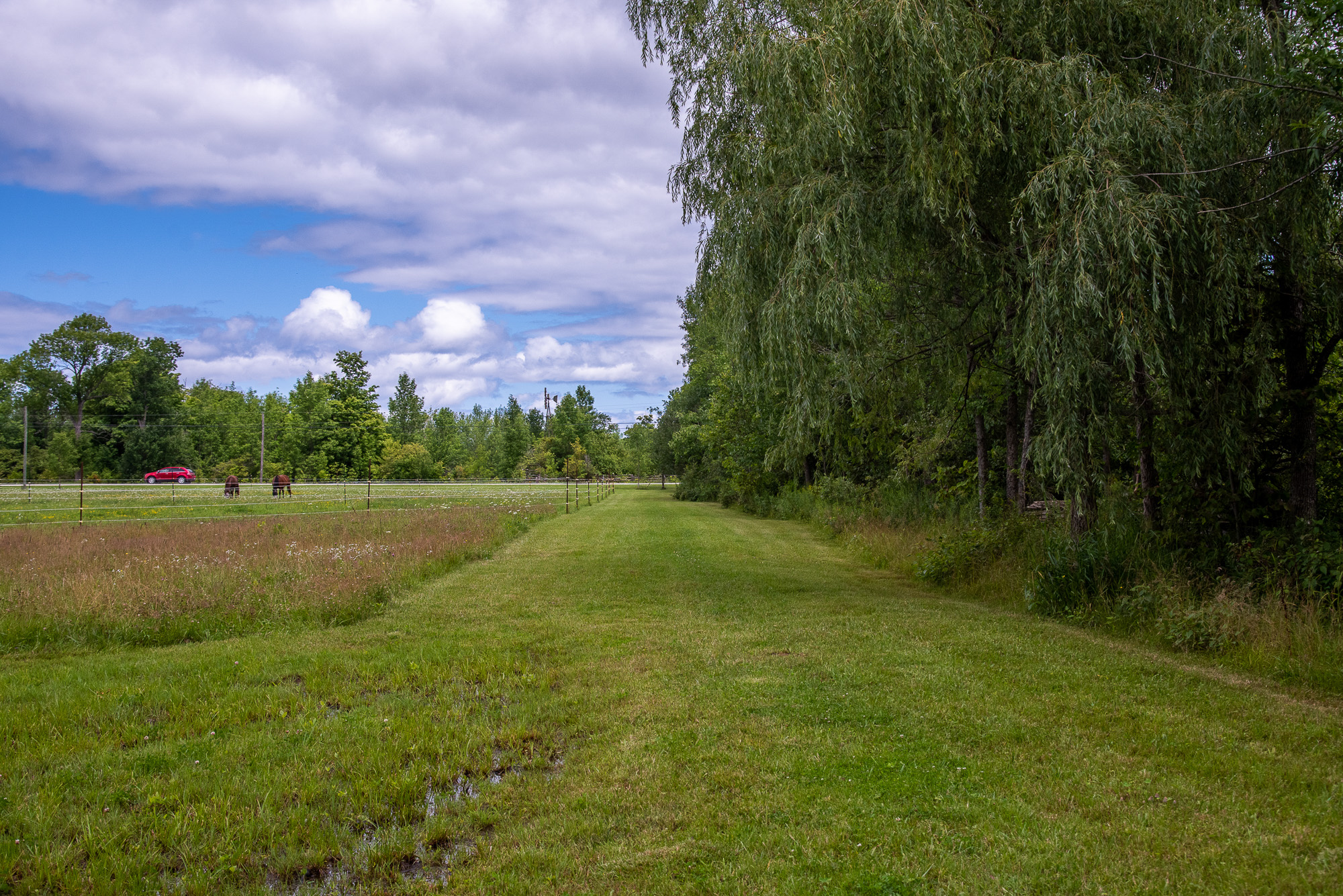
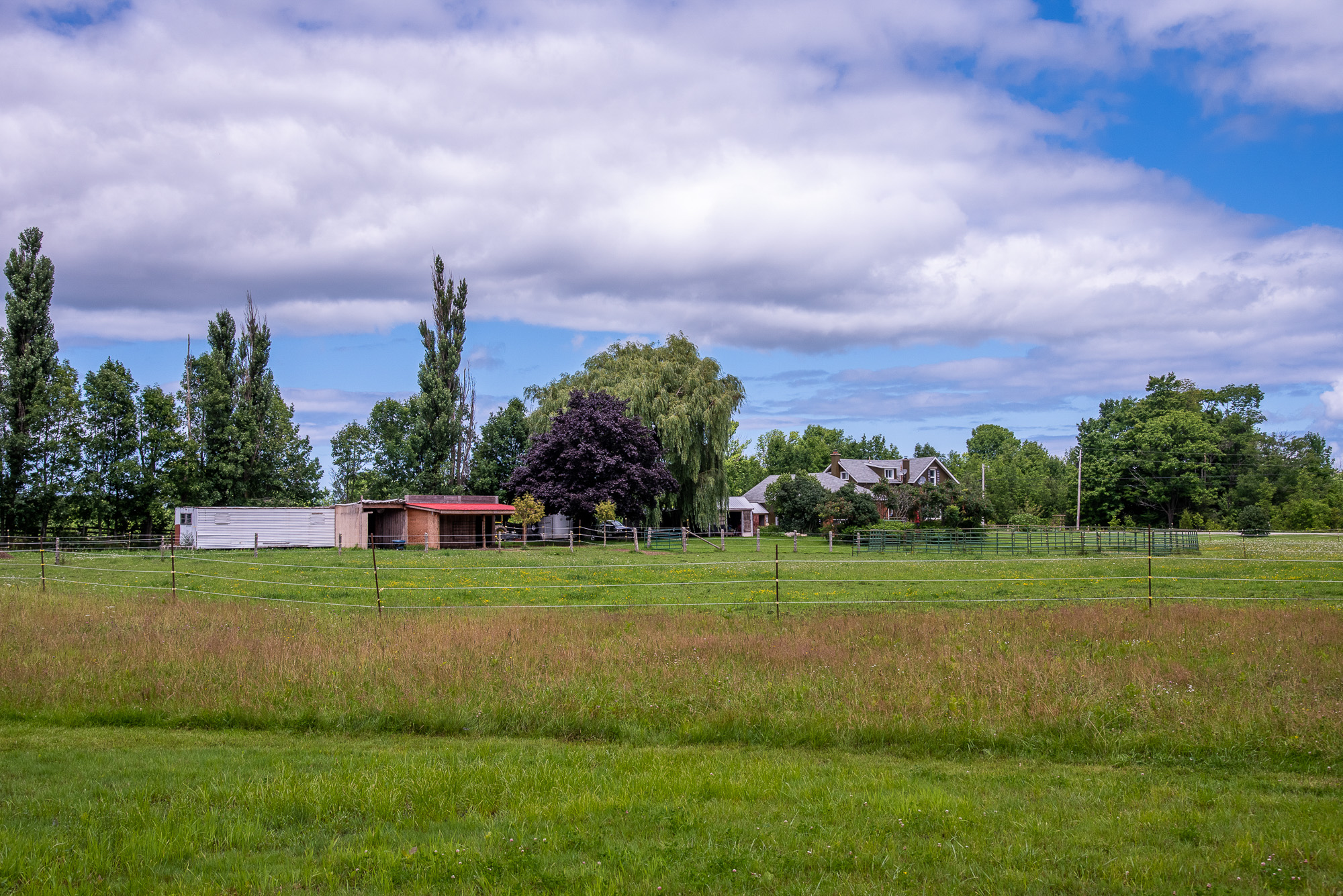

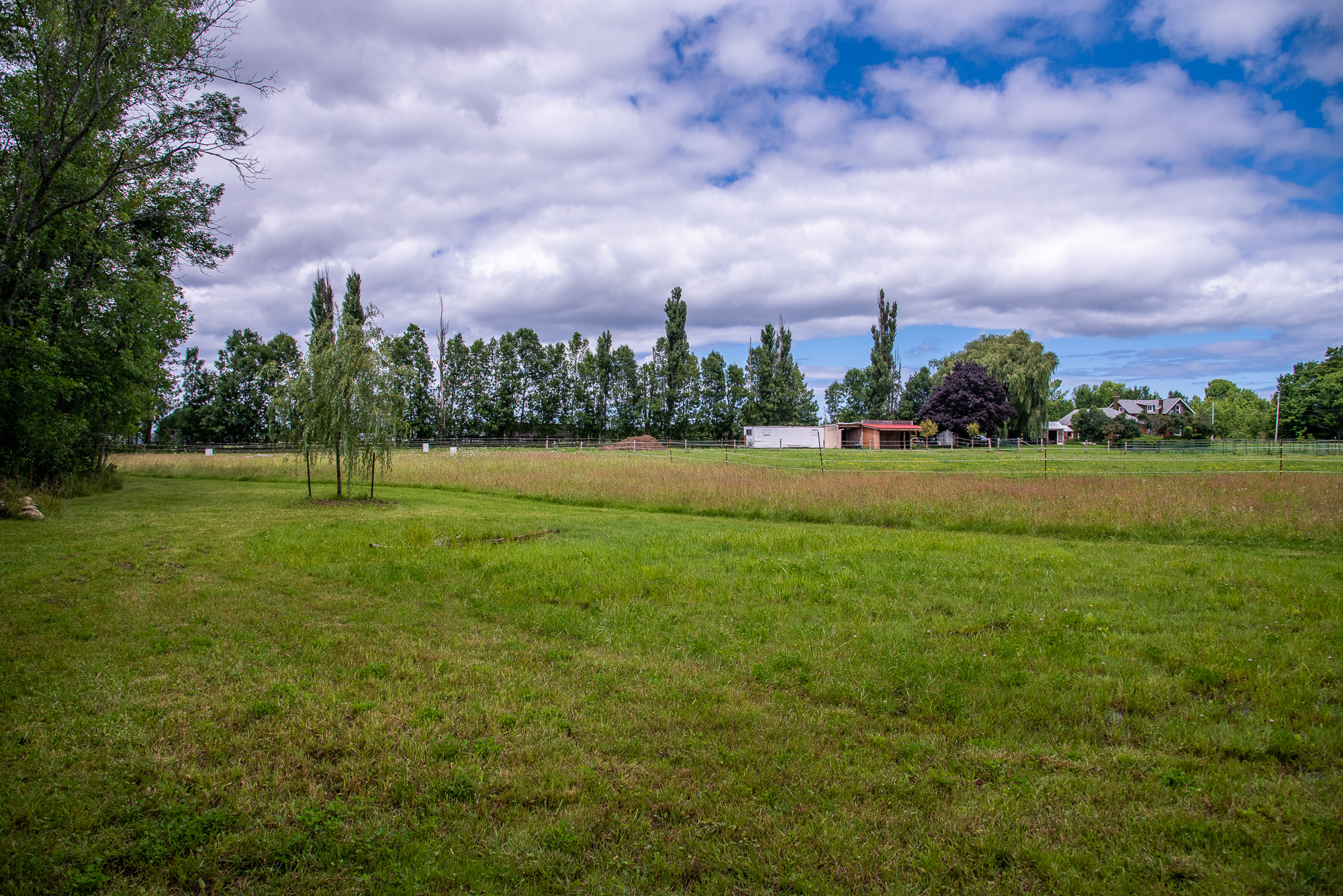
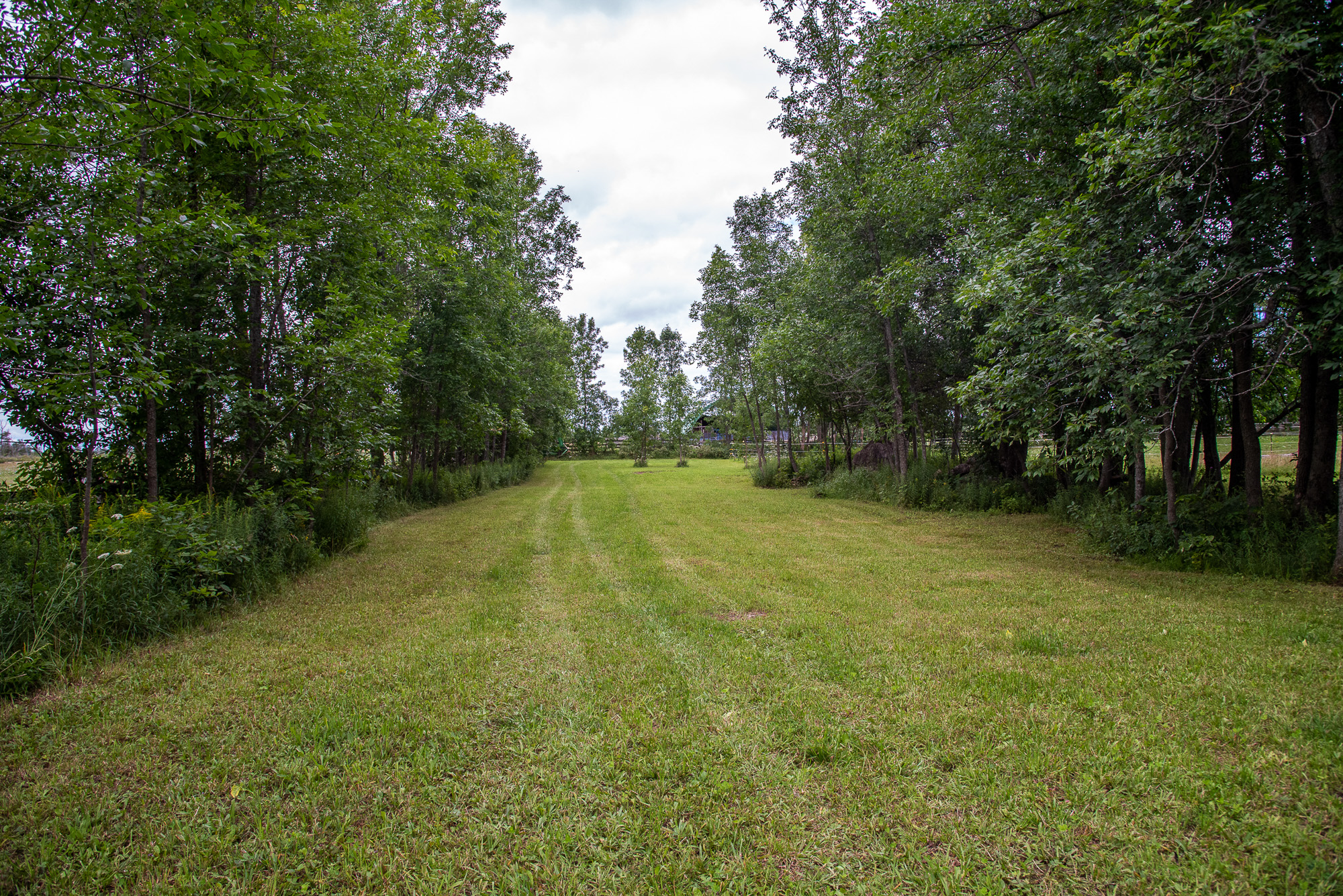












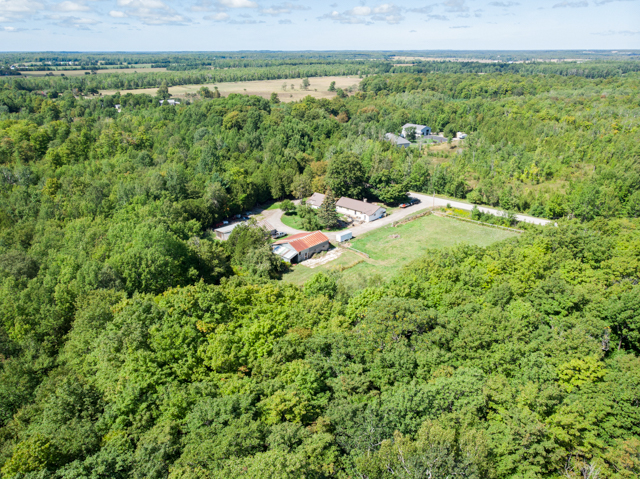
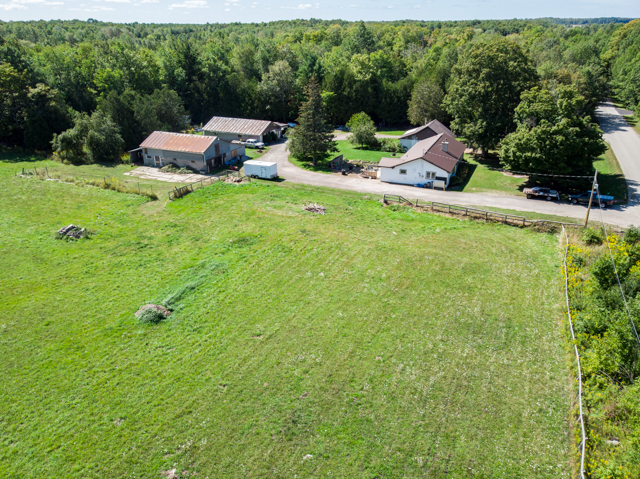



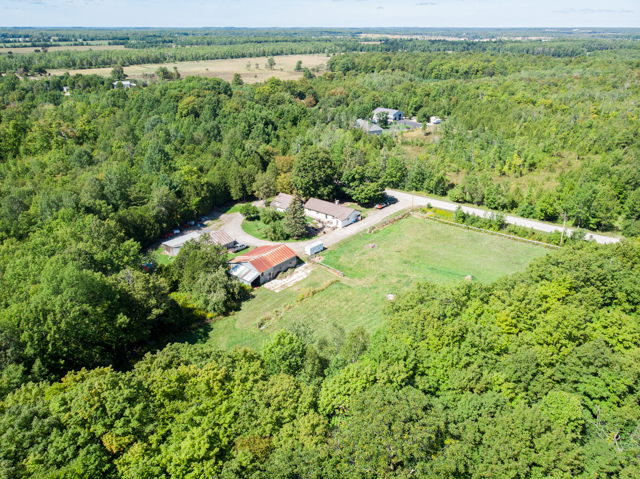
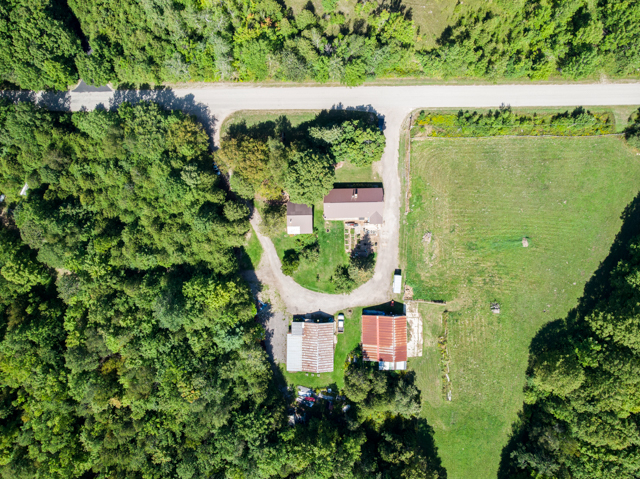

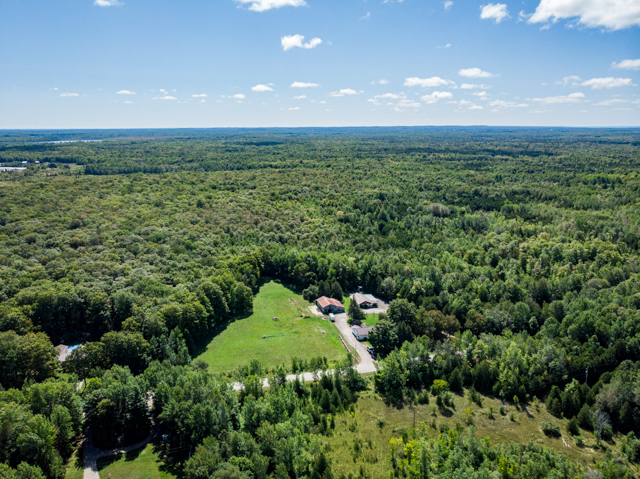
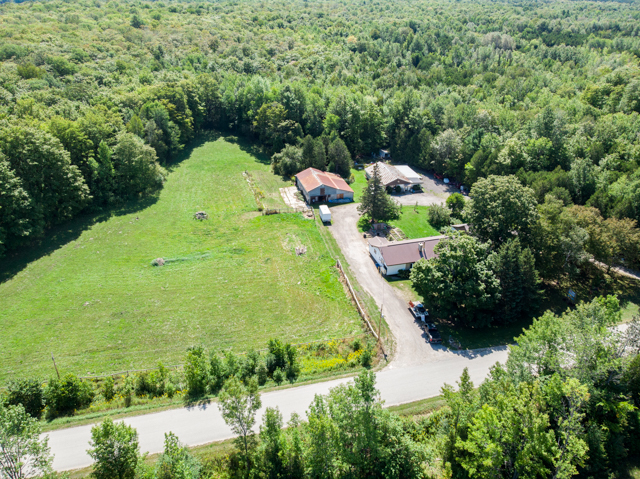
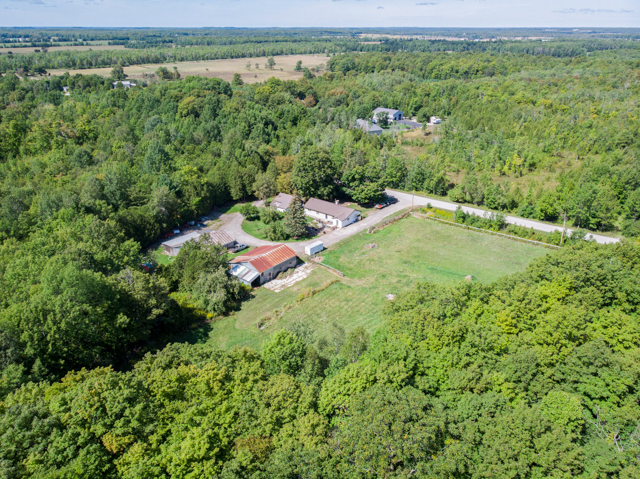
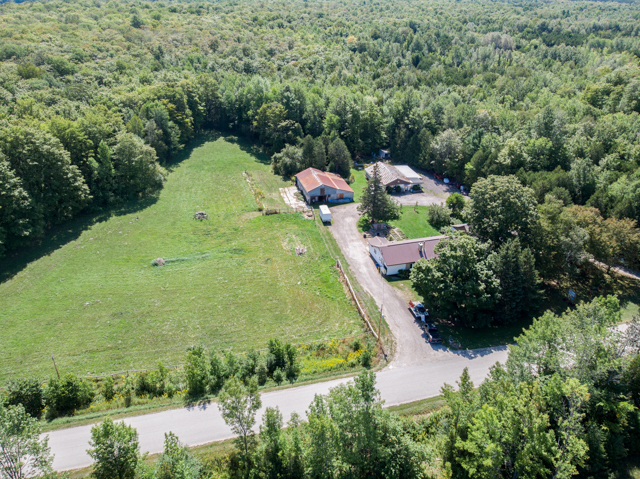
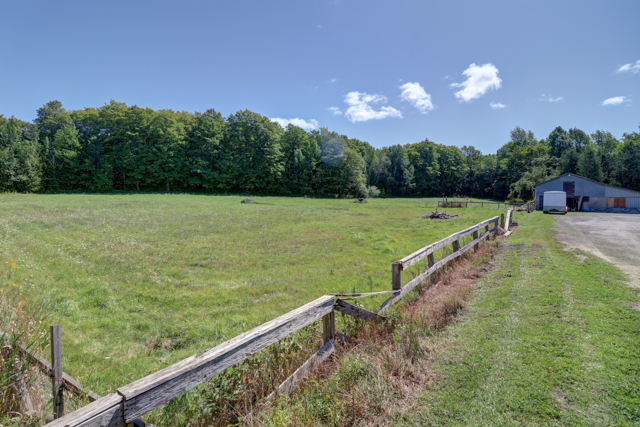
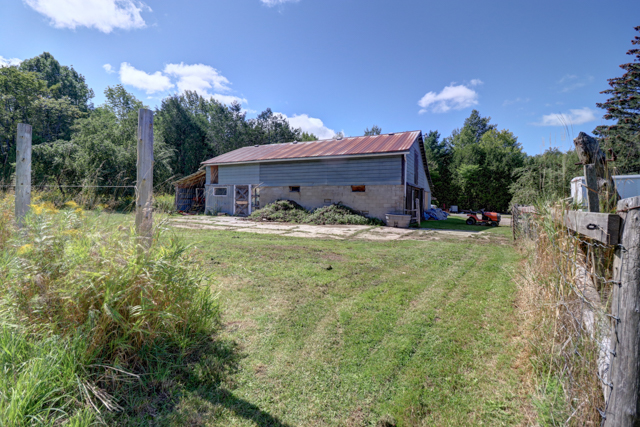






 When Is the Right Time to Seed Winter Barley in Ontario?
When Is the Right Time to Seed Winter Barley in Ontario?
